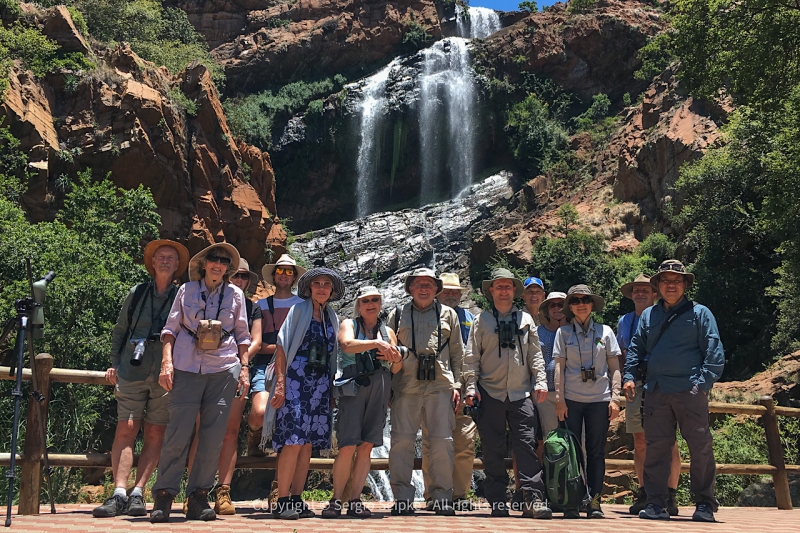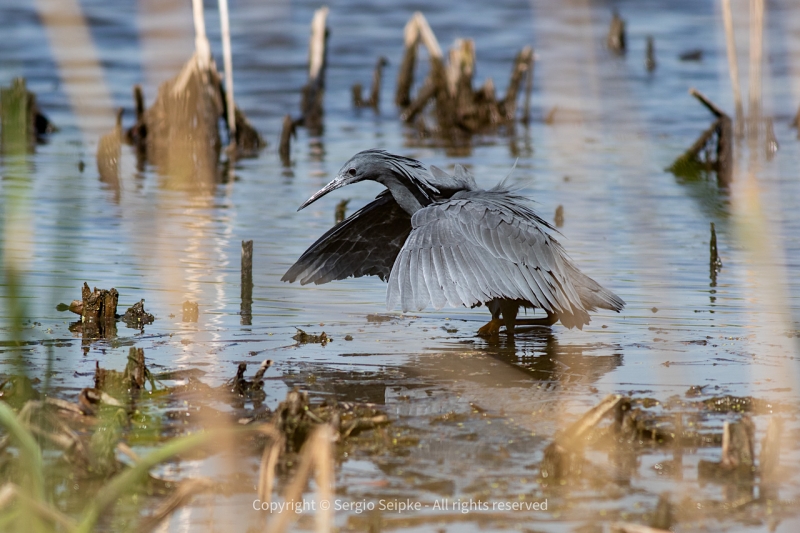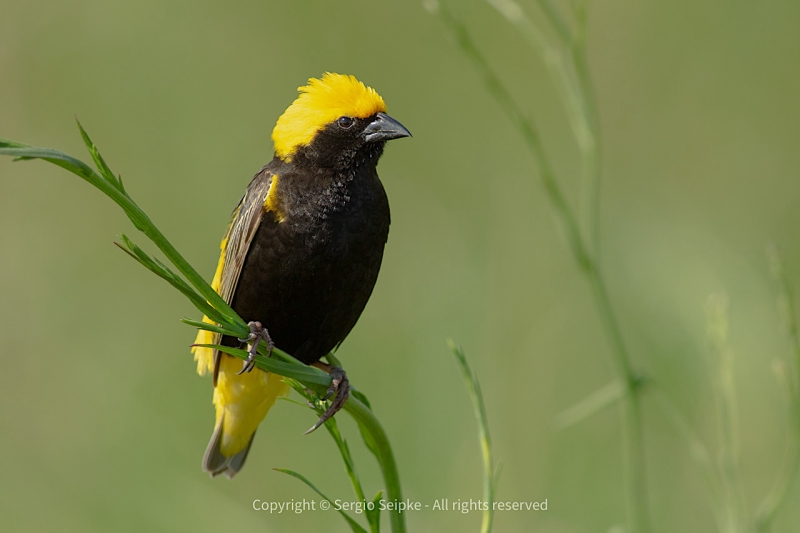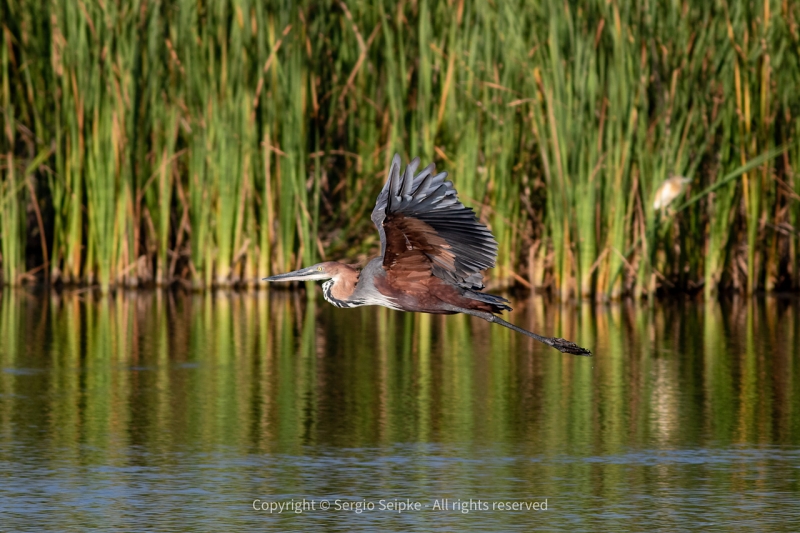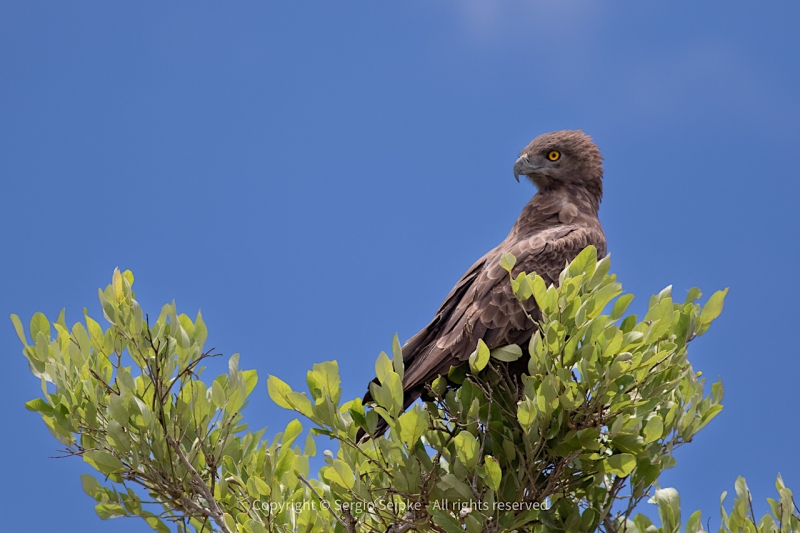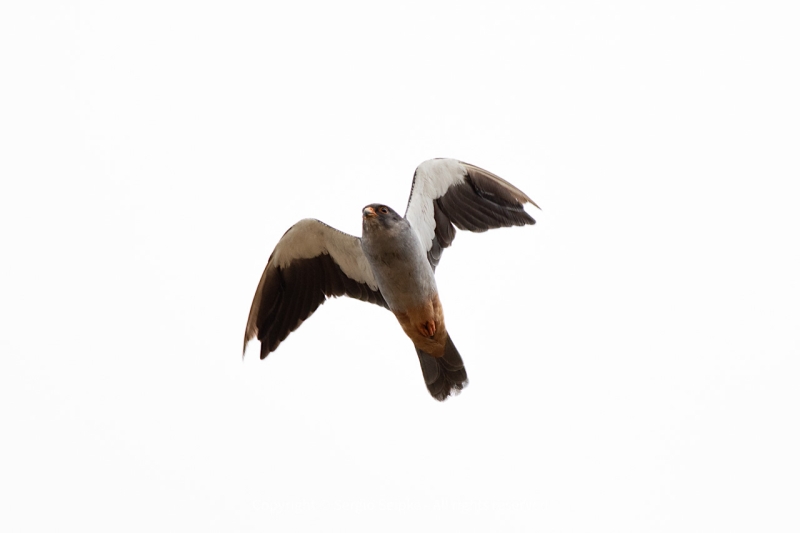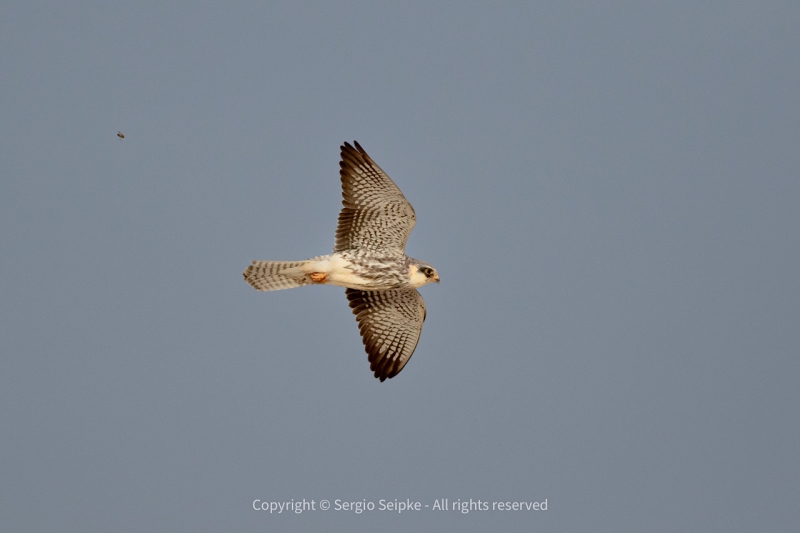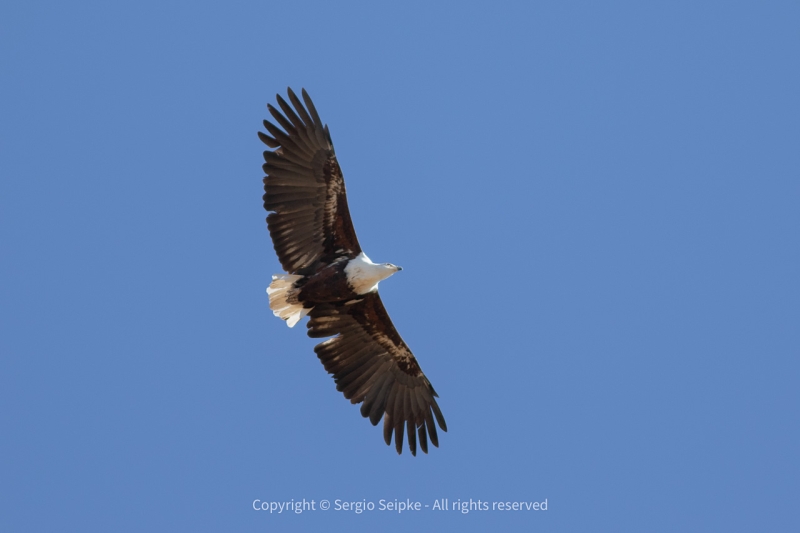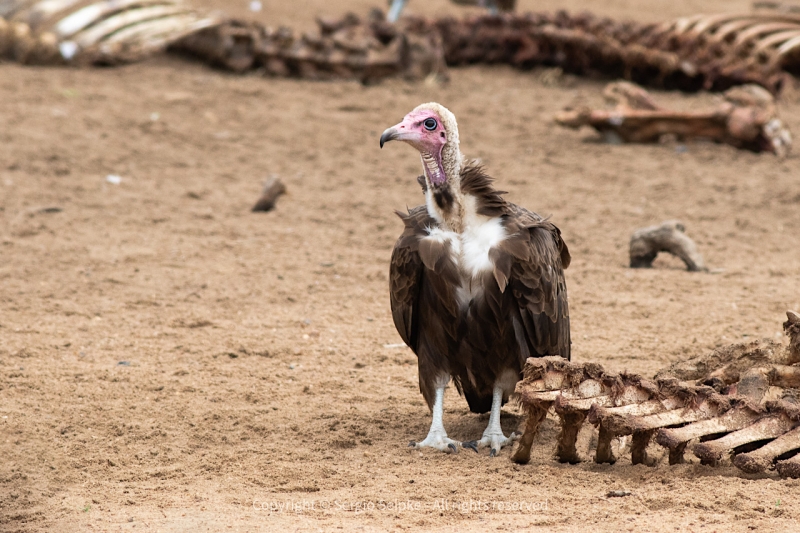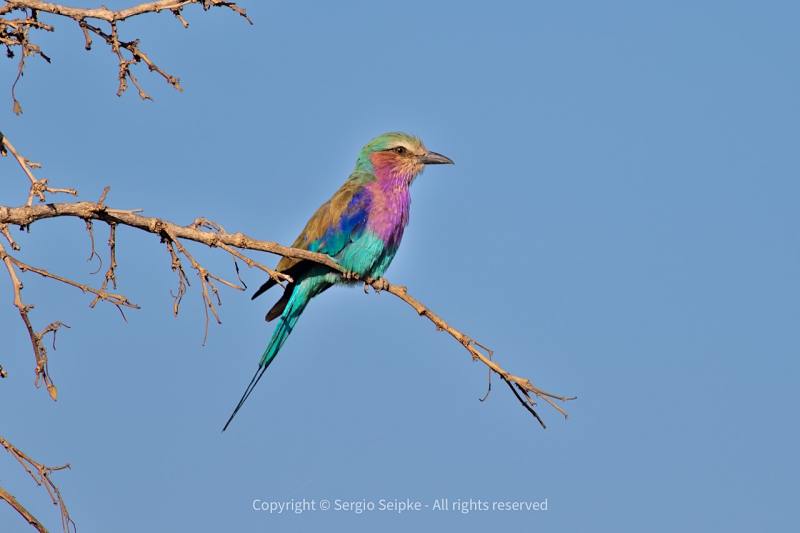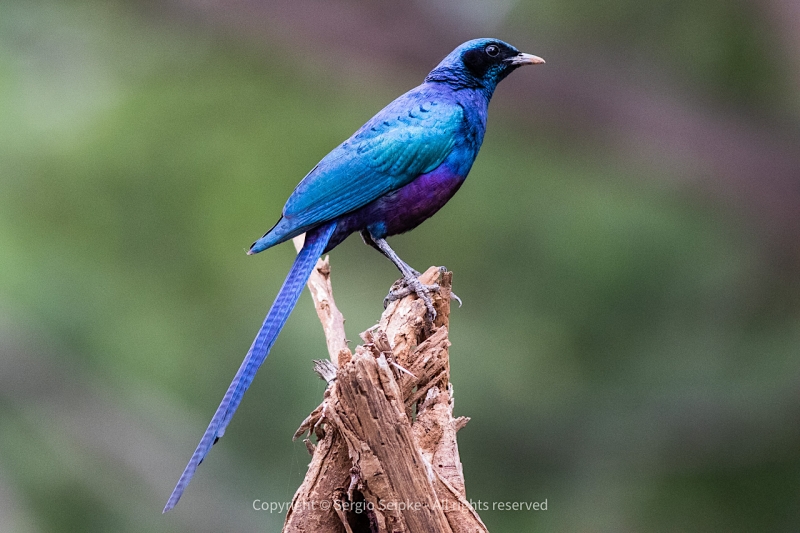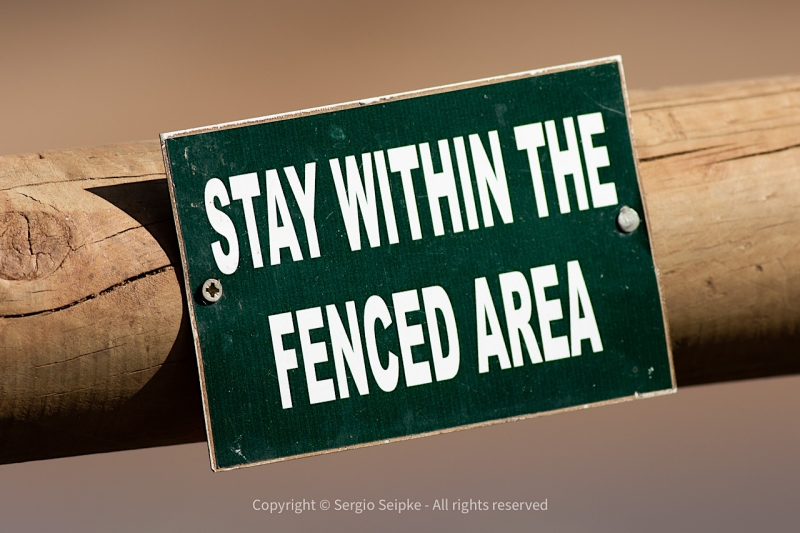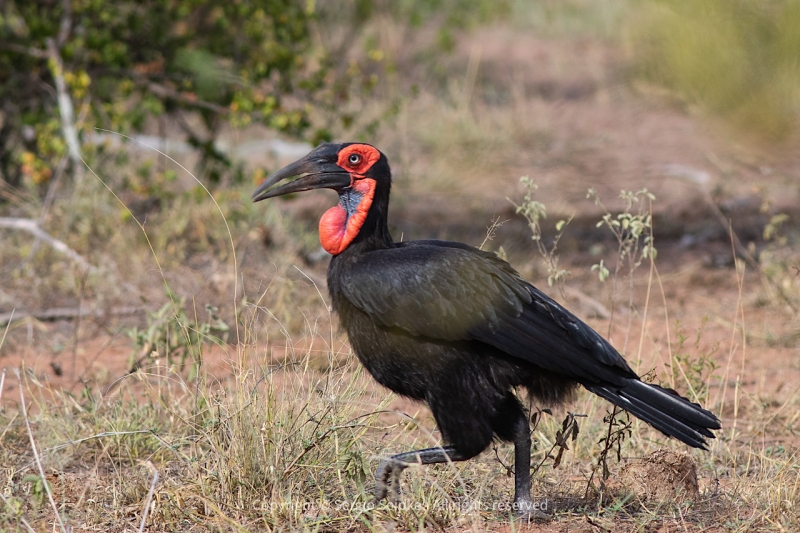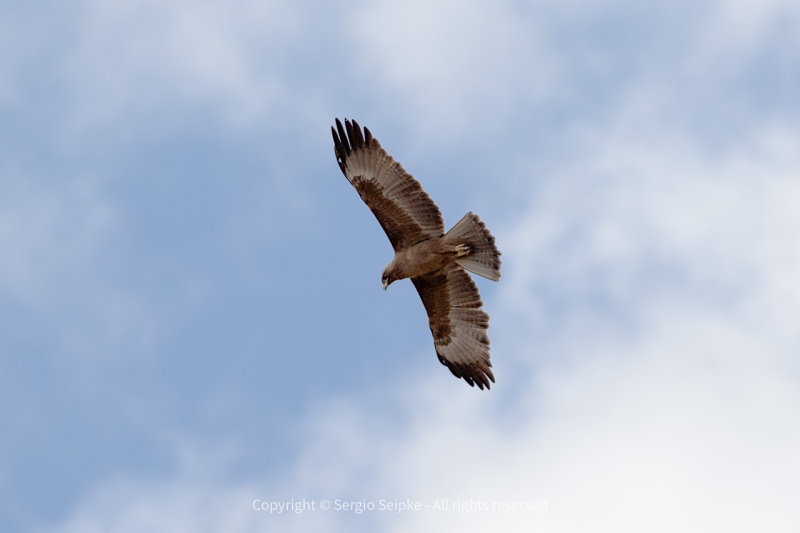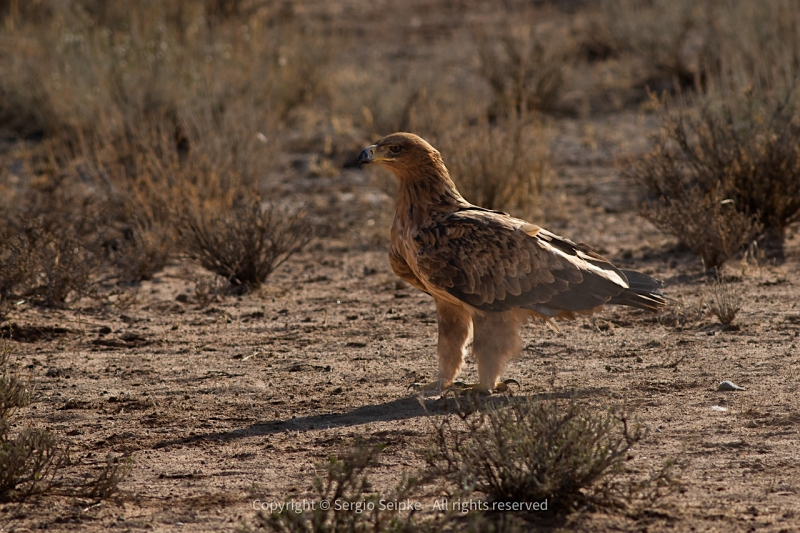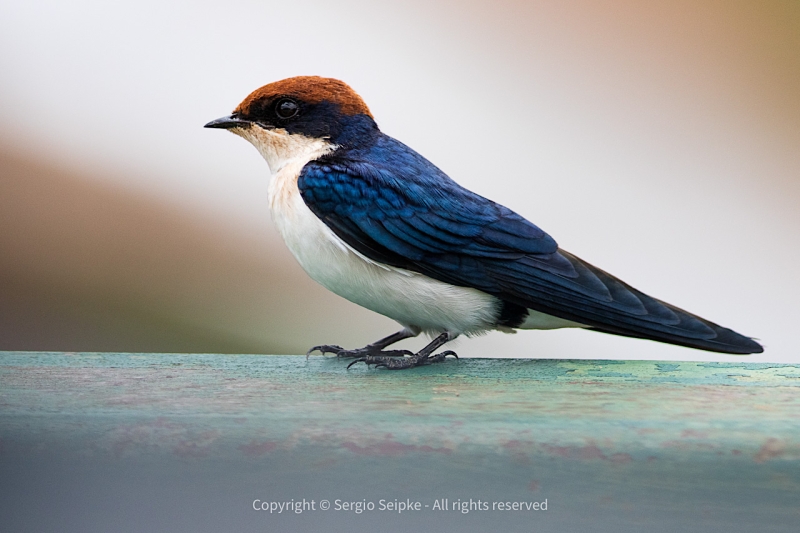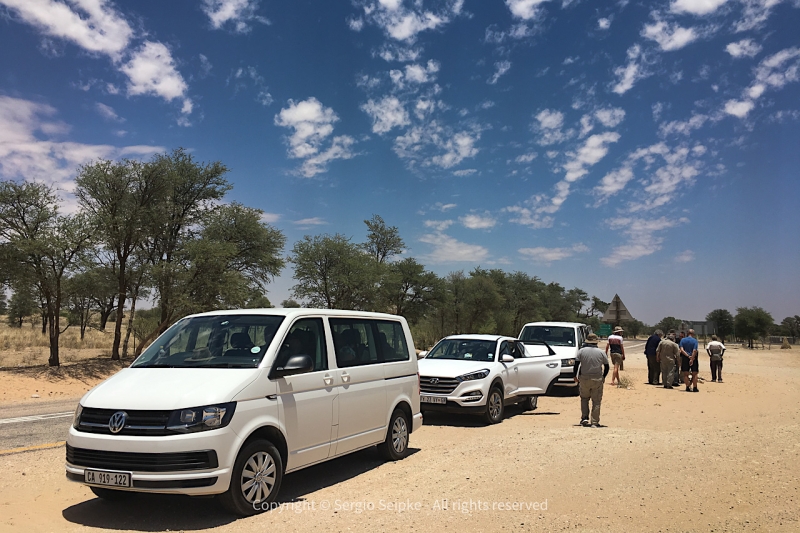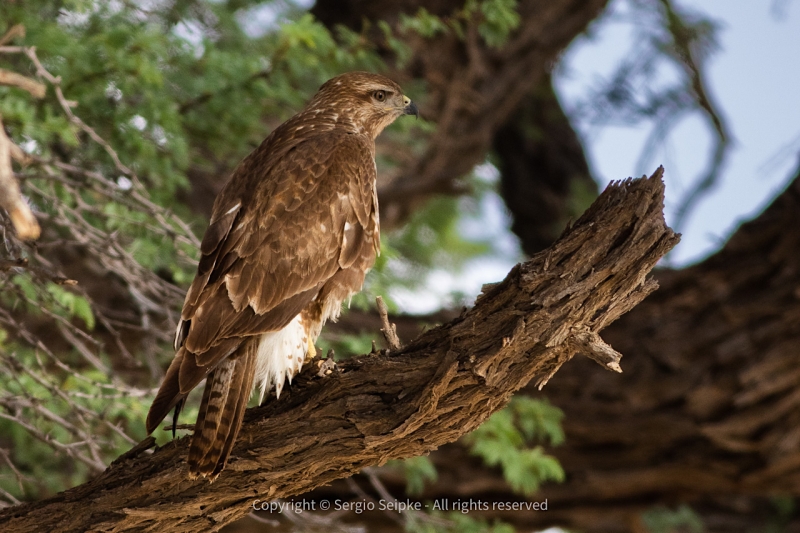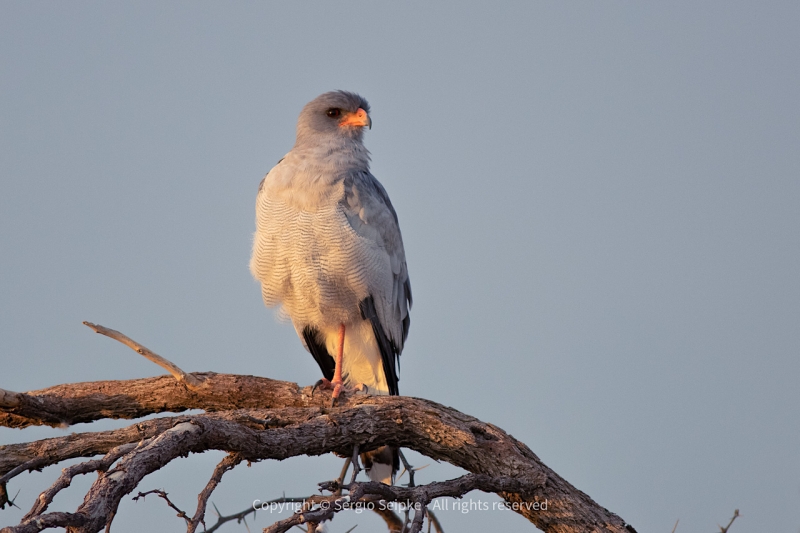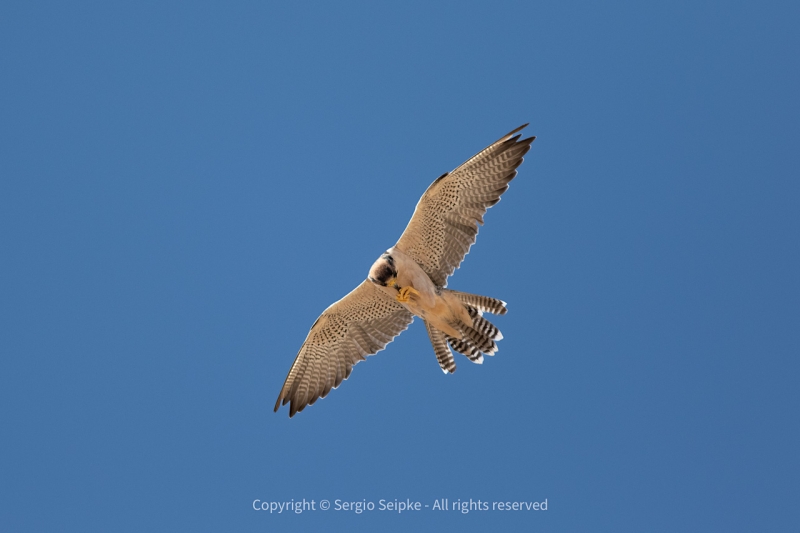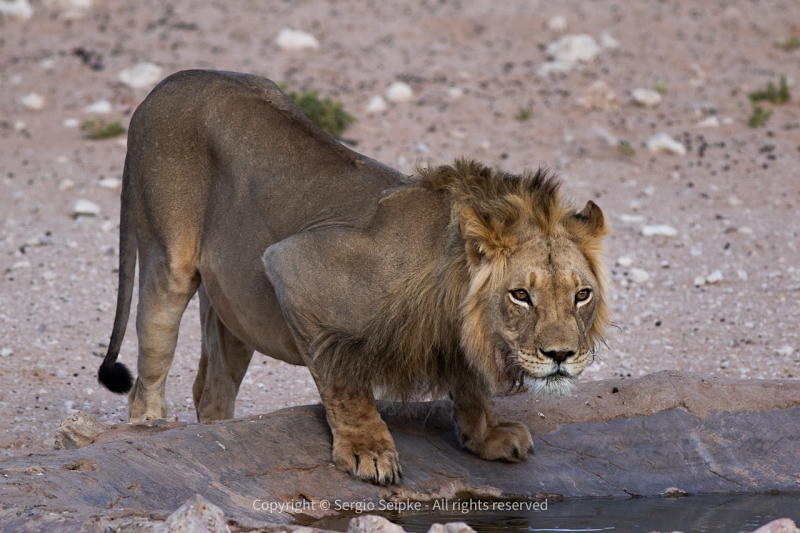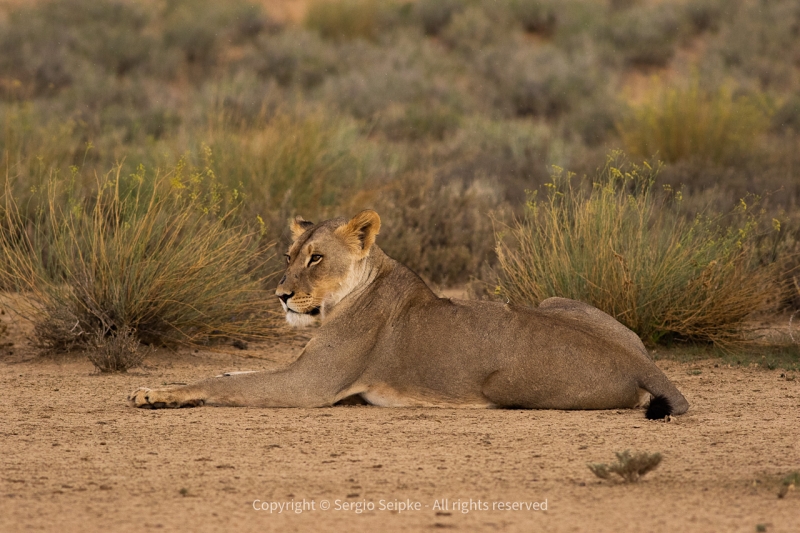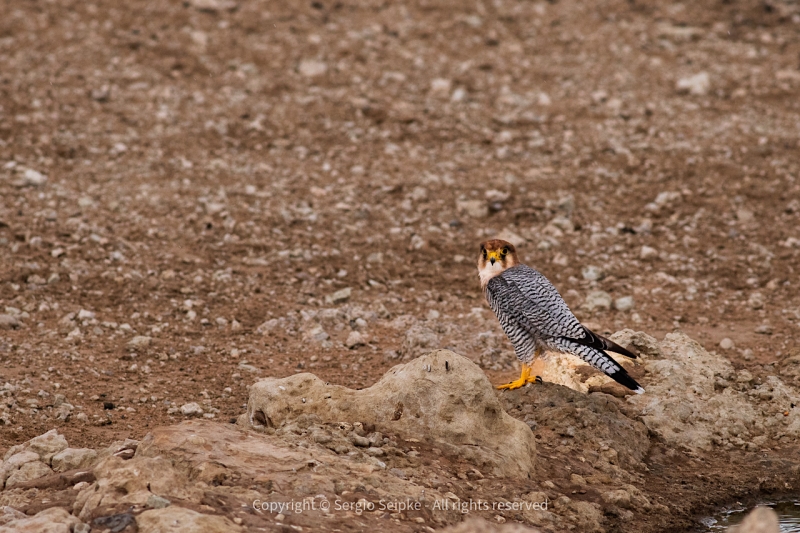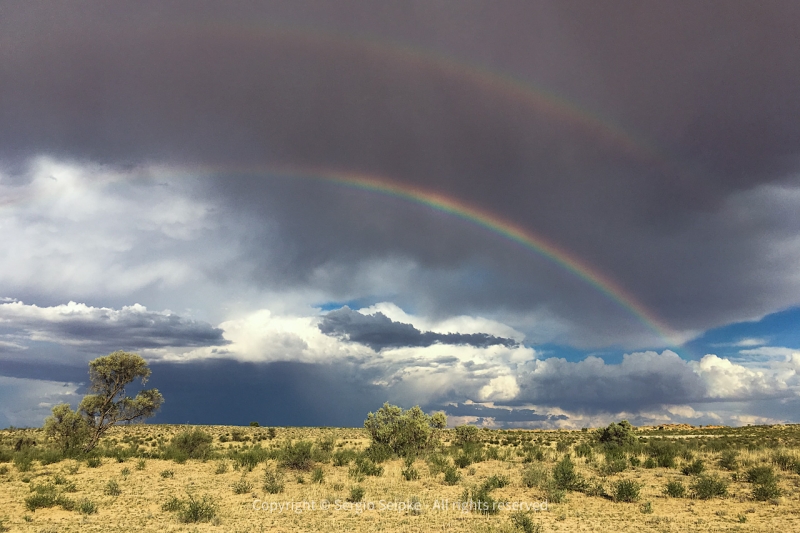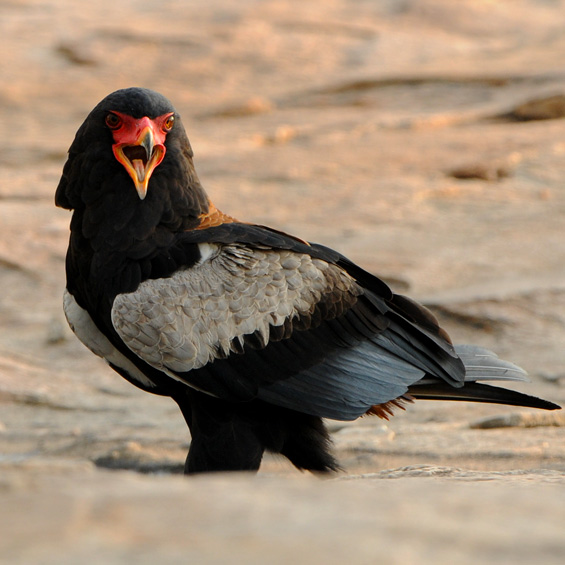2018 South Africa Tour Report
South African Raptor Tour Report 2018
A Custom Tour for the Falcon Research Group (FRG)
by André Botha
JOIN THE UPDATED EDITION OF THIS TOUR, 18-31 JANUARY 2025
Now expanded to the Indian Ocean's coast to target Palm-nut Vulture, Southern Banded (Fasciated) Snake Eagle, and Sooty Falcon.
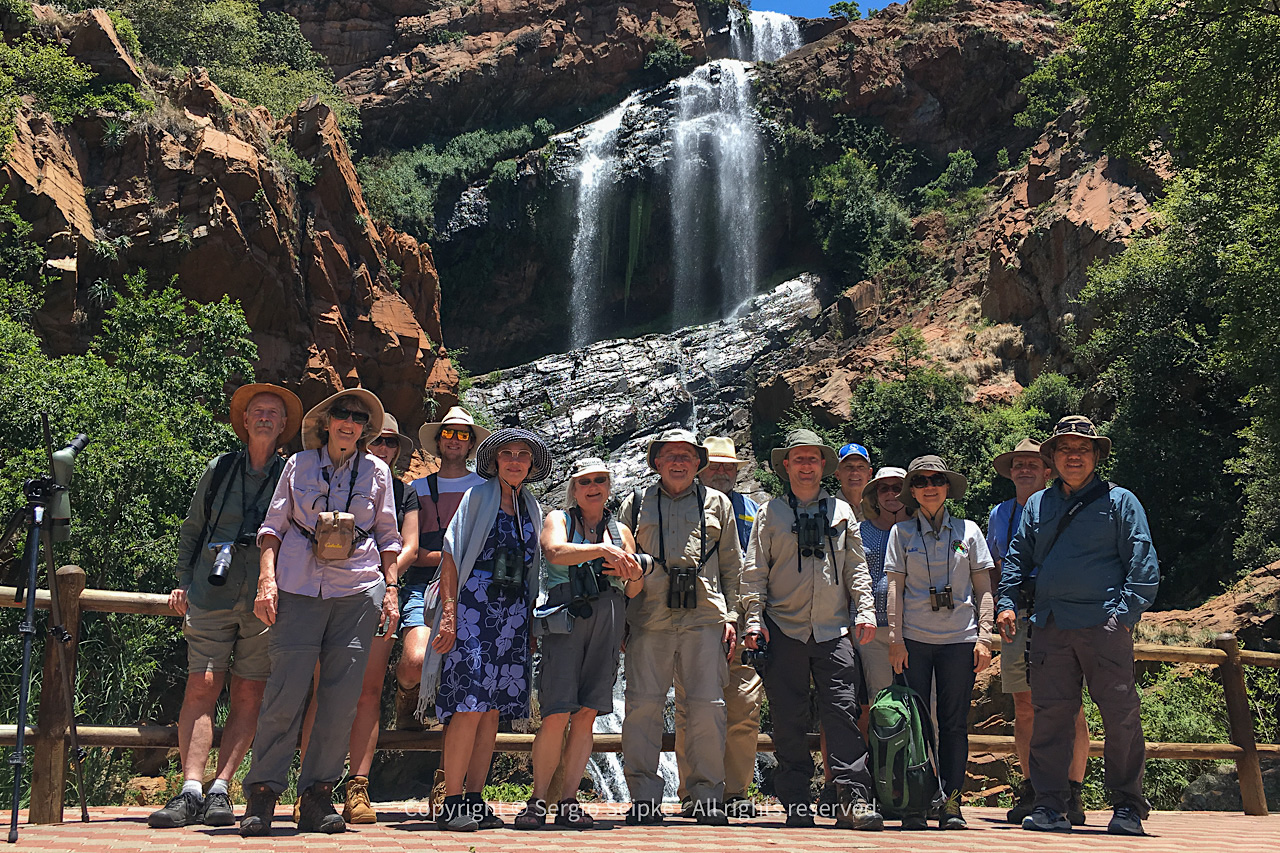
Day 1 – Sunday, January 7
I joined the group at The Blue Mango guesthouse in the afternoon which was spent assisting Sergio with the collection of the two buses which were used for the first leg of the trip. At dinner, the group was given a detailed briefing of what to expect and were also informed on aspects of road-safety, security and other matters. It was agreed to depart before first light the next morning for the first day in the field.
Day 2 – Monday January 8
We departed from the guesthouse just after 04:30 am and travelled to the Marievale Bird Sanctuary to the east of Johannesburg where we were able to obtain good views of at least two African Marsh Harriers at different sites within this extensive wetland. The group also had their first of many views of migratory Amur Falcons perched along the road on powerlines. A small number of Lesser Kestrels were also seen hovering in a mixed flock with Amur Falcons over some fallow croplands after exiting the Sanctuary.
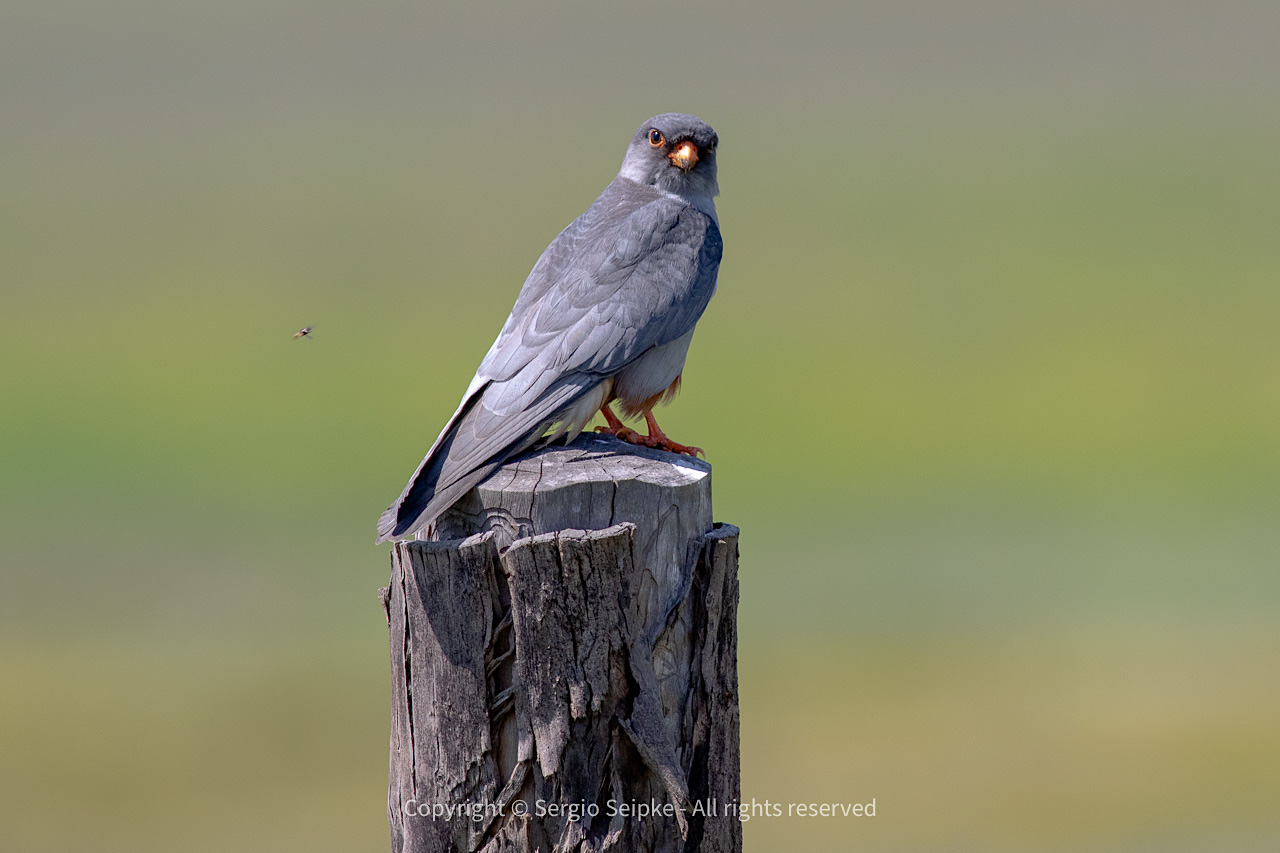
We proceeded to the Suikerbosrand Nature Reserve near the town of Heidelberg where there often are good numbers of migratory falcons to be seen, but numbers were quite low here, possibly due to the dry conditions that prevailed at the time. Apart from a handful of Amur Falcons, the group also had a number of sightings of Black-shouldered Kite. An hour-long trek through the traffic of south-western Johannesburg took us to the Walter Sisulu Botanical Gardens in Roodepoort where we were hoping to get some views of the resident pair of Verreaux’s Eagles, but they had already departed for their daily foraging sortie away from the nest and we had no luck in locating them. After a latish lunch, we returned to The Blue Mango in the afternoon and agreed on an early dinner that evening with another early departure the next morning heading for the eastern escarpment and the Lowveld-region of South Africa. Raptor species observed: 4. Raptor sightings recorded: 11.
Day 3 – Tuesday January 9
Another 04:30 departure enabled us to avoid the early morning rush-hour traffic in Johannesburg and we were on the N4-highway heading east well before sunrise. Raptor-watching was initially done on the move with more sightings of Black-shouldered Kite, several groups of Amur Falcon and a number of sightings of Steppe Buzzard which were characteristically perched on various poles along the road. The first real excitement of the day came in the form of an immature Lanner Falcon that was spotted by Les Sail in the second vehicle and which everyone managed to get views of once the vehicles had pulled off the rather busy highway. The next excitement was a beautiful pair of African Fish Eagle perched and later doing a lovely flight display in the vicinity of the Middelburg-dam to the benefit of the many people in the group who were enjoying their first ever sighting of this species. Various sightings of migratory falcons, Steppe Buzzard and Black-shouldered Kites were seen further along the route until we encountered the first Long-crested Eagle of the trip perched on another pole along the road to the east of Belfast in Mpumalanga.
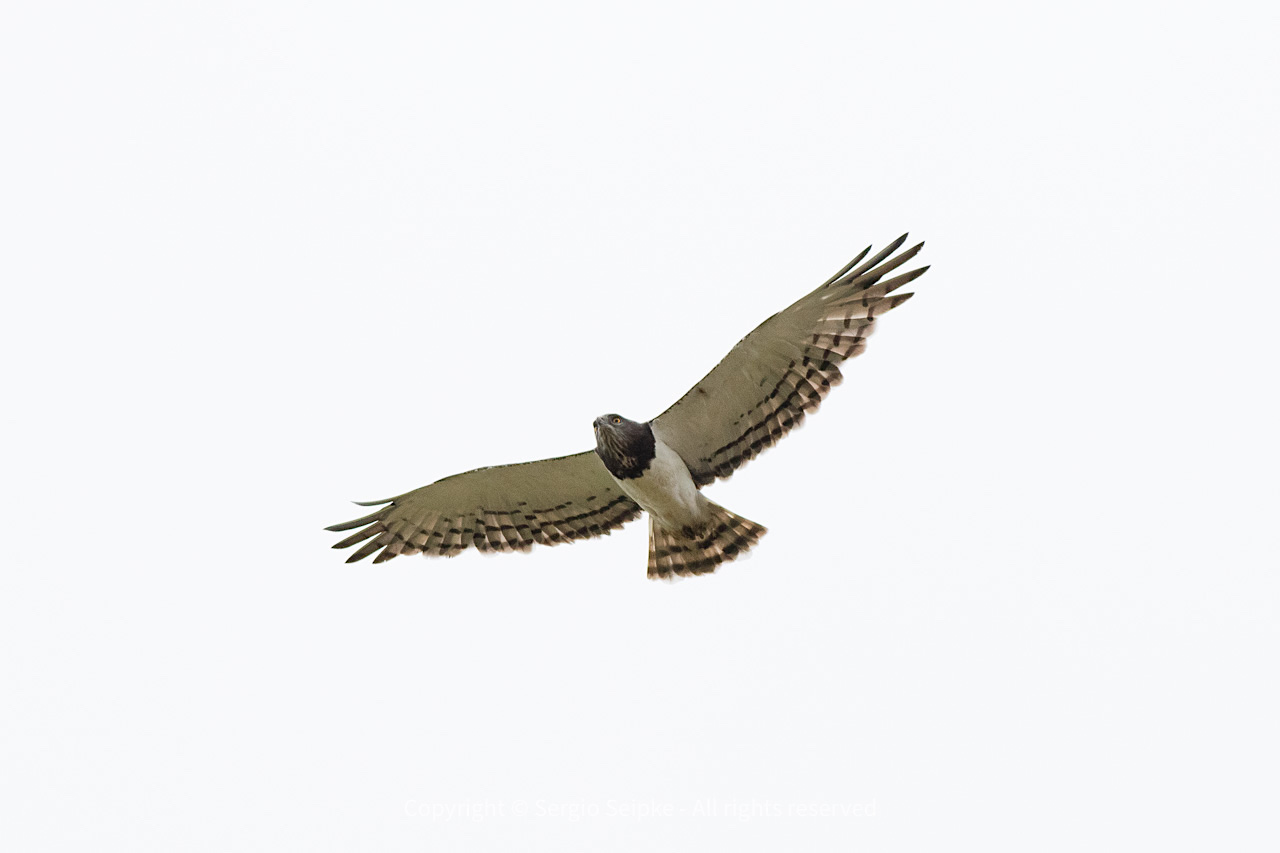
We then turned away from the busy N4-highway and onto a much quieter, though rather pot-holed road towards the town of Lydenburg. This route turned out to be a real gem and we were able to add two Black-breasted Snake Eagle, one immature and one adult bird, Steppe Eagle, the first African Harrier Hawk of the trip and a pair of adult Lanner Falcon before stopping for lunch in town. We continued towards the Lowveld after lunch and made an impromptu stop along the route when the first Red-footed Falcon of the trip was spotted perching on a telephone line among several Amur Falcons.
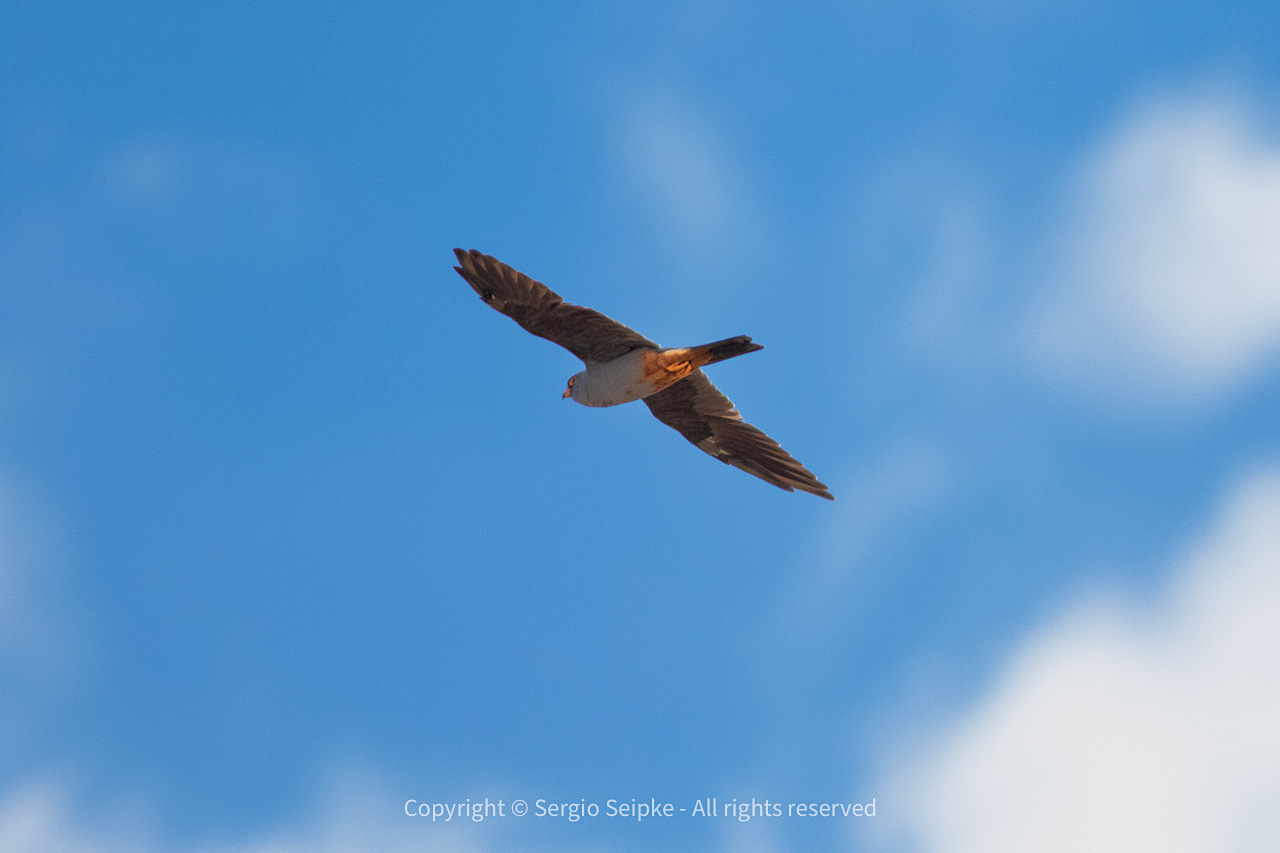
Further scans of the surrounding area revealed sightings of Cape Vulture, Wahlberg’s Eagle and a single Jackal Buzzard. Finally arriving at the well-known Taita Falcon site, we joined up with Michael Kumako, a site-based guide that have been monitoring breeding activity at this site for more than 15 years. It didn’t take very long to first locate the male and later the female perched on the vertical cliff about 50 m above our heads and everyone in the group were able to get excellent views of this pair. Some members of the group also took the opportunity to purchase some of the curio’s on sale at the site before we moved on to the Moholoholo Rehabilitation Centre where we arrived just in time to witness the arrival of a good number of African White-backed-, Cape- and Hooded Vultures together with Yellow-billed Kites and Marabou Storks to feed at the vulture feeding site in the late afternoon. We then proceeded to the Blyde River Wilderness Lodge where the group stayed overnight and enjoyed a pleasant dinner. Raptor species observed: 14. Raptor sightings recorded: 85.
Day 4 – Wednesday, January 10
The day saw a more relaxed start to proceedings with birding on the Lodge grounds and breakfast before the group returned to the Moholoholo Rehabilitation Centre to participate in the guided tour and to visit the museum on-site. We then proceeded to the town of Hoedspruit where lunch was enjoyed and group members were able to replenish water and other supplies before we headed towards Magoebaskloof. Interesting sightings along the way included the first views of an immature Martial Eagle in flight as well as an obliging Brown Snake Eagle perched on a pylon right next to the road that allowed for decent photographs. Another stop near Letsitele provided a wealth of raptors in the orchards and natural bush and species such as Pallid Harrier, Lesser Spotted Eagle and more than 160 Amur Falcons as well as at least 3 Red-footed Falcons and several Lesser Kestrel were recorded here. From there we proceeded to the Magoebaskloof Hotel where we arrived just before dark in soft rain which persisted through the night. Raptor species observed: 13. Raptor sightings recorded: 20.
Day 5 – Thursday, January 11
The group was joined by local guide David Letsoalo early the next morning and, despite the continuing rain, most of the group were determined to get to the site where we most likely to encounter Bat Hawk during the trip. Thanks to David’s expert local knowledge, we found the pair and their fledgling in a stand of tall Eucalyptus and everyone enjoyed excellent views with one adult even putting on a bit of a flight-display in the cold, wet conditions. After breakfast at the Magoebaskloof Hotel, the group departed for the Punda Maria gate of the Kruger National Park travelling through several communal settlements. Despite the evident impact of human activity, a number of new raptor species were added to the trip-list, namely Eurasian Hobby, African Hawk Eagle and Lizard Buzzard.
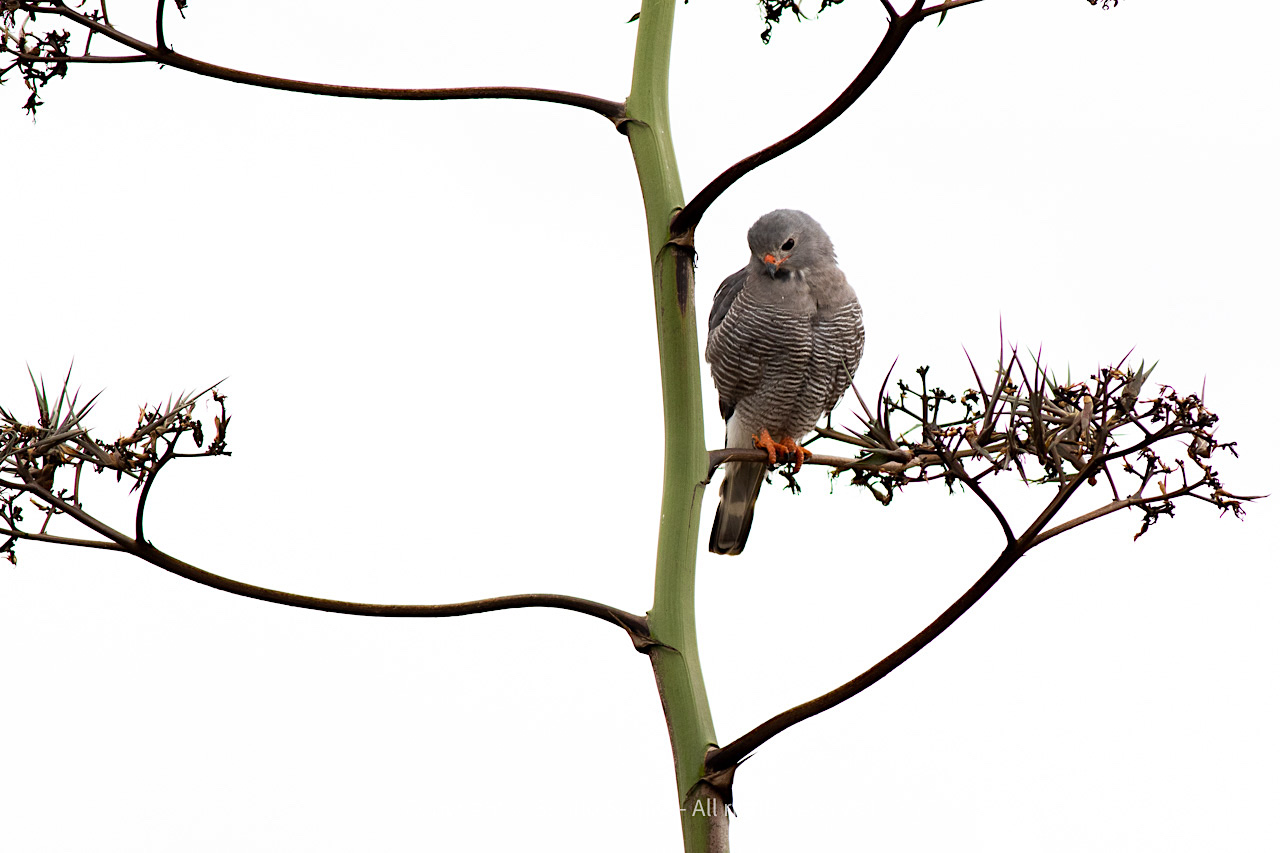
We arrived at the Punda Maria rest camp just after lunchtime and, as the group were keen to start discovering one of the prime game areas in Africa, we set off on our first game drive shortly after everyone grabbed a quick bite to eat. Apart from our first sightings of Bateleur and Gabar Goshawk the group also had to encounters with the large Southern Ground Hornbill and a range of mammals including an interesting encounter with a curious African Elephant bull that was reluctant the share the road with our vehicles. A pleasant surprise just before dark was our second record of Bat Hawk for the trip when an individual was seen hunting bats emerging from their daytime roost in camp. Dinner that evening was accompanied by the very vocal exchanges between an upset herd of elephant in an altercation with a pride of Lion just outside camp. Raptor species observed: 16. Raptor sightings recorded: 40.
Day 6 – Friday, January 12
Our first full day in the Kruger National Park started before first light when we headed out of camp at 04:30 to head to the famous Pafuri-region in the far north of the Park, known for its populations of a range of species of birds that reach their southern-most distribution in Africa here and are not found anywhere else in South Africa. This includes species such as Dickinson’s Kestrel and the migratory Sooty Falcon, but we were sadly not fortunate to encounter either species on the trip. The area was unusually dry for this time of the year and the usual abundance of life in various forms was not as prolific as expected. We did however have good views of a range of raptor species, but most memorable was a sighting of a Verreaux’s Eagle Owl spotted on prey sitting on the ground about 50 m from the road at mid-morning. The owl eventually took off and flew over our busses to alight in a large tree next to the road where most were able to get great views and some photographs of it. It really hotted up quite a lot later in the morning and we decided to head back to Punda Maria by lunchtime.
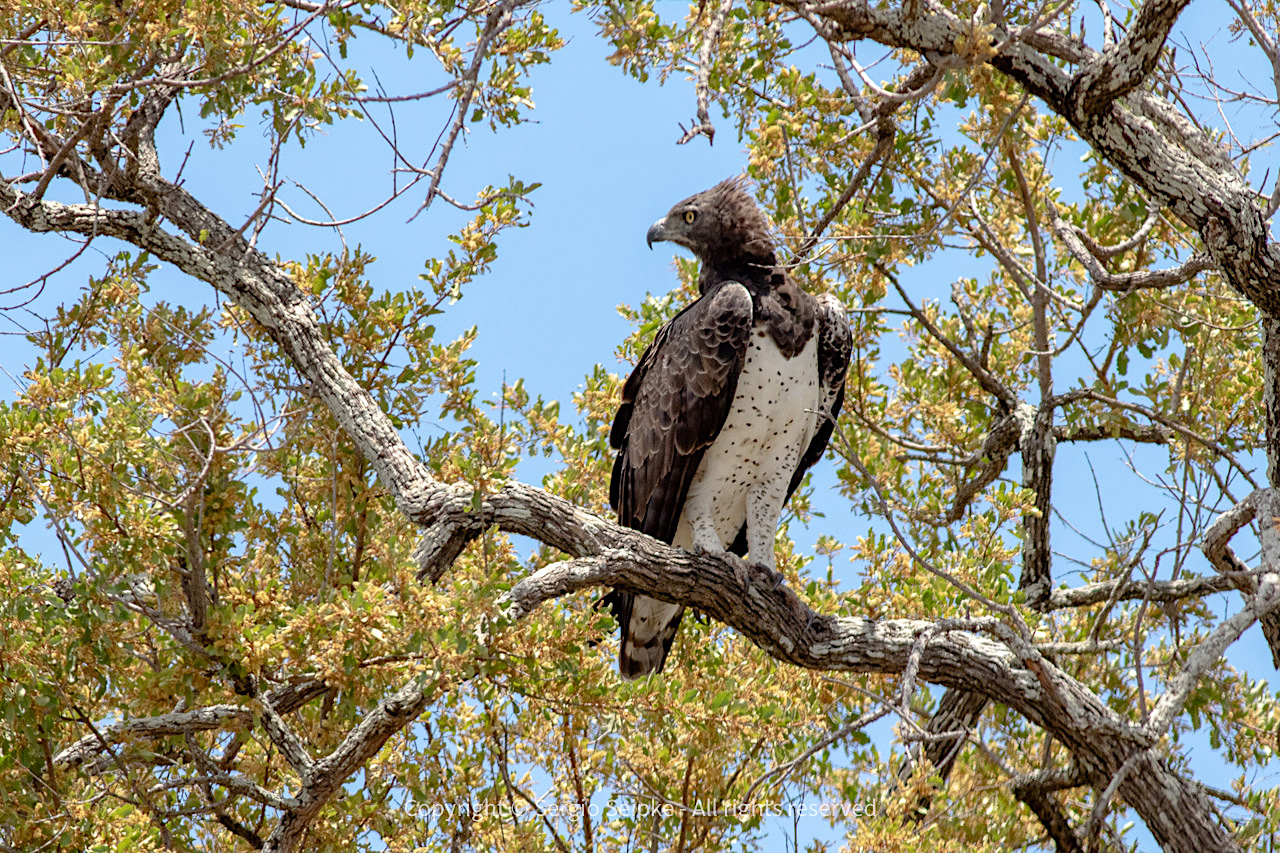
We managed great views of an adult female Martial Eagle on the way back, but there were relatively few other raptors, most either perching in deep shade or flying high, often out of view. In the late afternoon, some folks decided to relax in camp, but a smaller group decided to head out in the intense heat to look for more raptors and to also do some general game viewing. The group was rewarded with a sighting of another Martial Eagle feeding on what seemed to be a Monitor Lizard and also had views of another Eurasian Hobby perched in good light. On the way back to camp, just before sunset, we also encountered a small group of vultures perched some distance from the road which included our first sighting of the magnificent Lappet-faced Vulture. Raptors species observed: 16. Raptor sightings recorded: 36.
Day 7 – Saturday, January 13
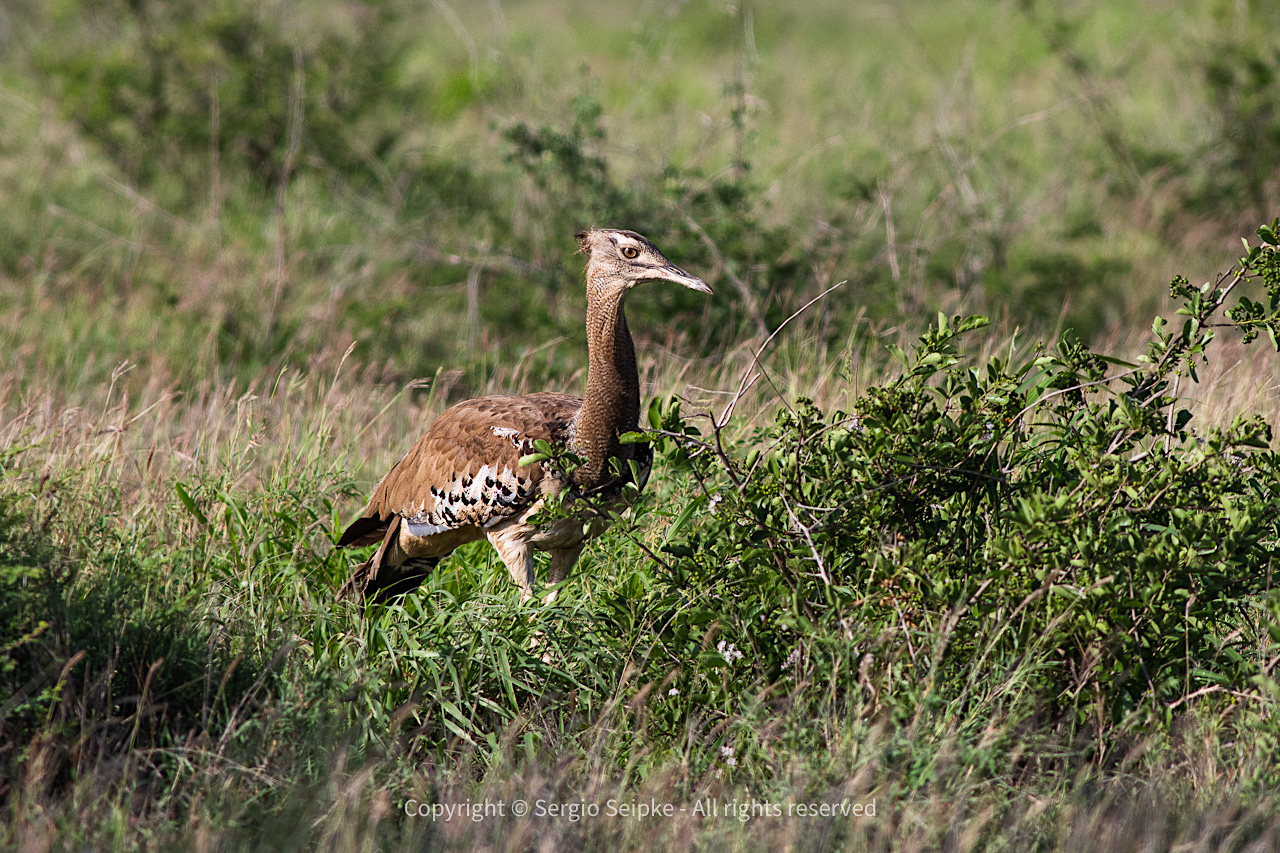
Another early departure from Punda Maria saw us heading south to central Kruger traversing the plains dotted with mopane-shrubs. Again the dry conditions resulted in fewer birds and animals being spotted, but the group enjoyed an excellent sighting of two large male Lion who strolled across the road towards a small stream to drink. For a while, raptors were completely forgotten as everyone tried to obtain the best views and photographs of these beautiful animals in their prime. We reached Shingwedzi-camp at mid-morning where we enjoyed breakfast and replenished water and other refreshments before continuing south. We left the main road after a few hours to detour past an area of open plains which was expected to hold species not easily seen elsewhere. After a few kilometres, we came upon a large seasonal pan that was dotted with more than 80 African Elephant enjoying the abundance of grass that must have resulted from a fairly localized downpour a few weeks previously. A pair of Saddle-billed Storks were also seen among the elephants, seemingly unperturbed by the activities of these giants. Continuing from there we turned south again and came upon an open area where we had good views of Amur, and Red-footed Falcons as well as Lesser Kestrel and the first views of the world’s heaviest flying bird, the Kori Bustard. We arrived at Letaba rest camp in the late afternoon where some members of the group decided to participate in a night drive which sadly did not produce too much to get excited about. Raptor species observed: 18. Raptor sightings recorded: 61.
Day 8 – Sunday, January 14
Travelling further south from Letaba, we crossed the Olifants River after a brief stop at a look-out over the river from where several large animal species such as Hippopotamus, Waterbuck and African Buffalo were spotted. We then took a gravel track that ran parallel with the Mozambican border and traversed open plains with tall grass. Some way past this track, we came across an active nest of a pair of Secretarybirds that was occupied by at least two nestlings and one of the adults. Sadly, this turned out to be the only sighting of this species on the entire trip. We then drove through an area that benefitted from more substantial rain and the abundance of raptors and other birds increased accordingly. We had excellent sightings of species such as Montagu’s and Pallid Harrier, Booted-, Wahlberg’s-, Tawny-, Steppe-, Lesser Spotted-, Martial Eagle, African Hawk-Eagle and Brown Snake Eagle.
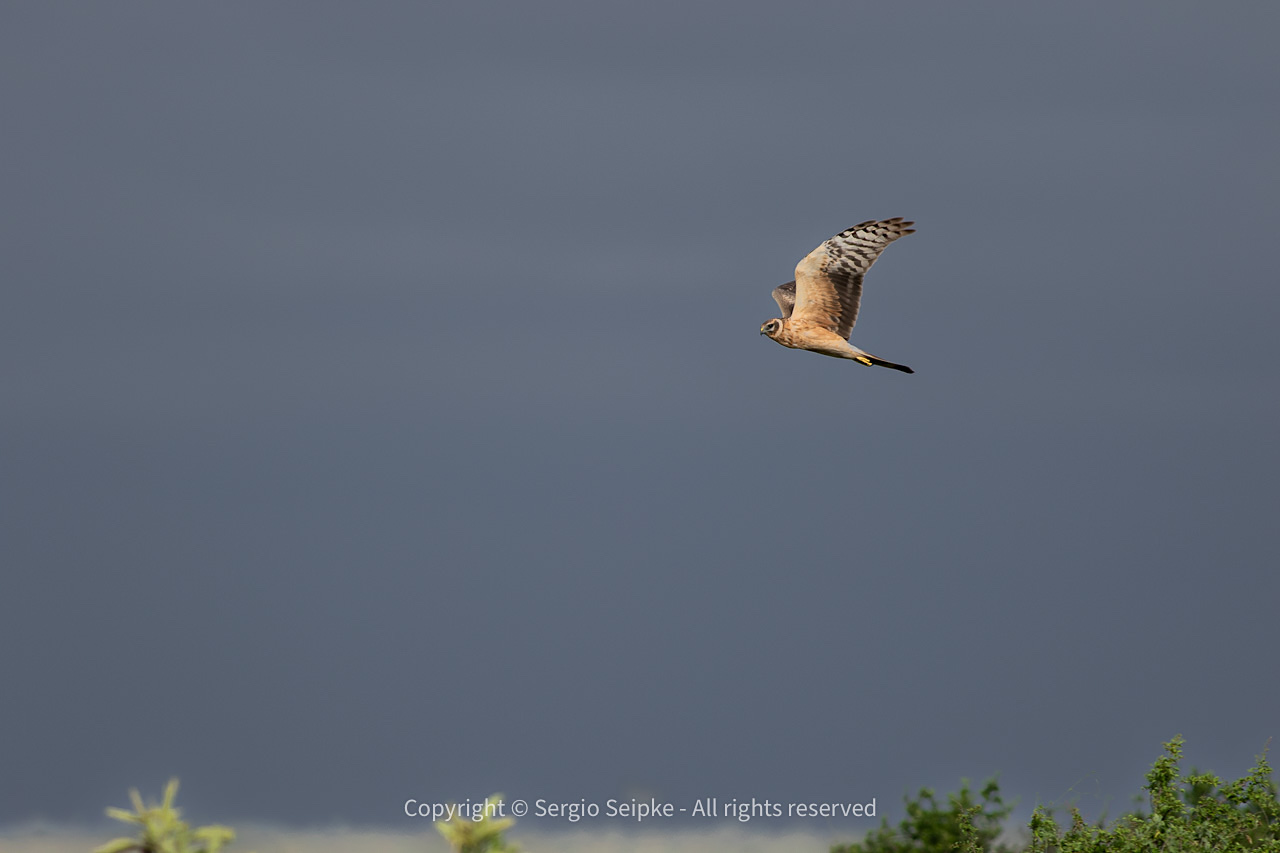
We counted no less than 38 individual Bateleurs during the drive down to Skukuza which we reached mid-afternoon after another sighting of a family of 7 Lions lying in deep shade along the Sand River on the way to camp. We enjoyed a lovely dinner on the wooden deck next to the Sabie River that evening before turning in for our final evening in the Kruger. Raptor species observed: 18. Raptor sightings recorded: 104.
Day 9 – Monday, January 15
Departing from Skukuza at first light, we had excellent sightings of Spotted Hyena, African Buffalo and a range of other game species, but had no luck in locating either Black-or White Rhino, the latter which is rather reliable in the areas we drove through. A range of raptors were seen which again included a good number of Bateleurs as well as Black-chested Snake Eagle, Tawny Eagle and African Harrier Hawk.
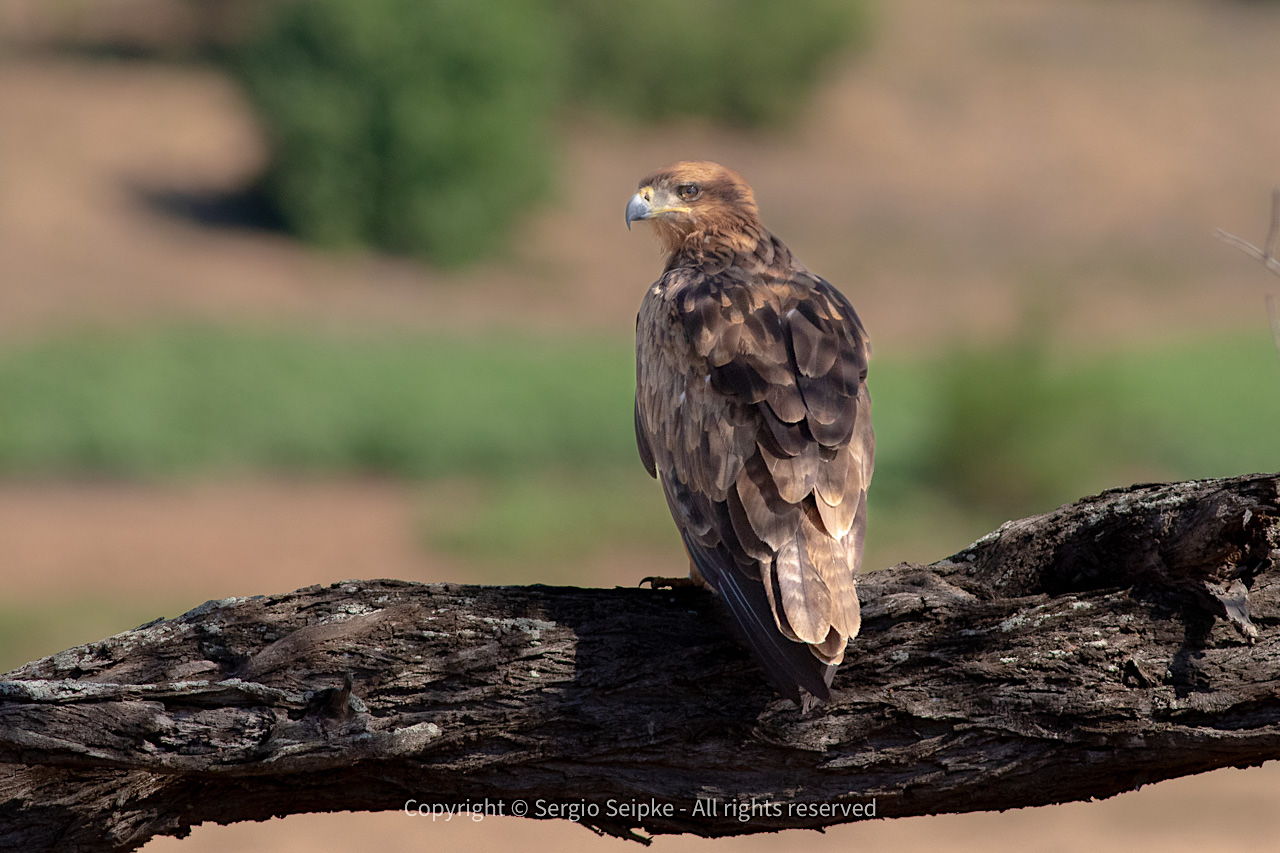
We exited the Kruger National Park at the Malelane-gate and headed for the Kruger-Mpumalanga Airport from where we caught our direct flight to Cape Town. We arrived in a very blustery and warm Cape Town where we collected new minivans and set of for our guesthouse in Milnerton n the northern suburbs of this great city. Most folks decided to have a relaxing afternoon and enjoyed a light supper of take-aways before heading to bed. Raptor species observed: 17. Raptor sightings recorded: 32.
Day 10 – Tuesday, January 16
After a leisurely breakfast, we left the guesthouse behind and headed to the West Coast National Park, about two hours north of Cape Town. On the way we encountered a solitary Black Harrier in aerial combat with at least two Yellow-billed Kites and some crows and also had good views of a number of Steppe Buzzards, Jackal Buzzard and Rock Kestrel. We entered the park and headed to the coastal estuary that is known for the large number of waders that frequent its shores during the southern summer.
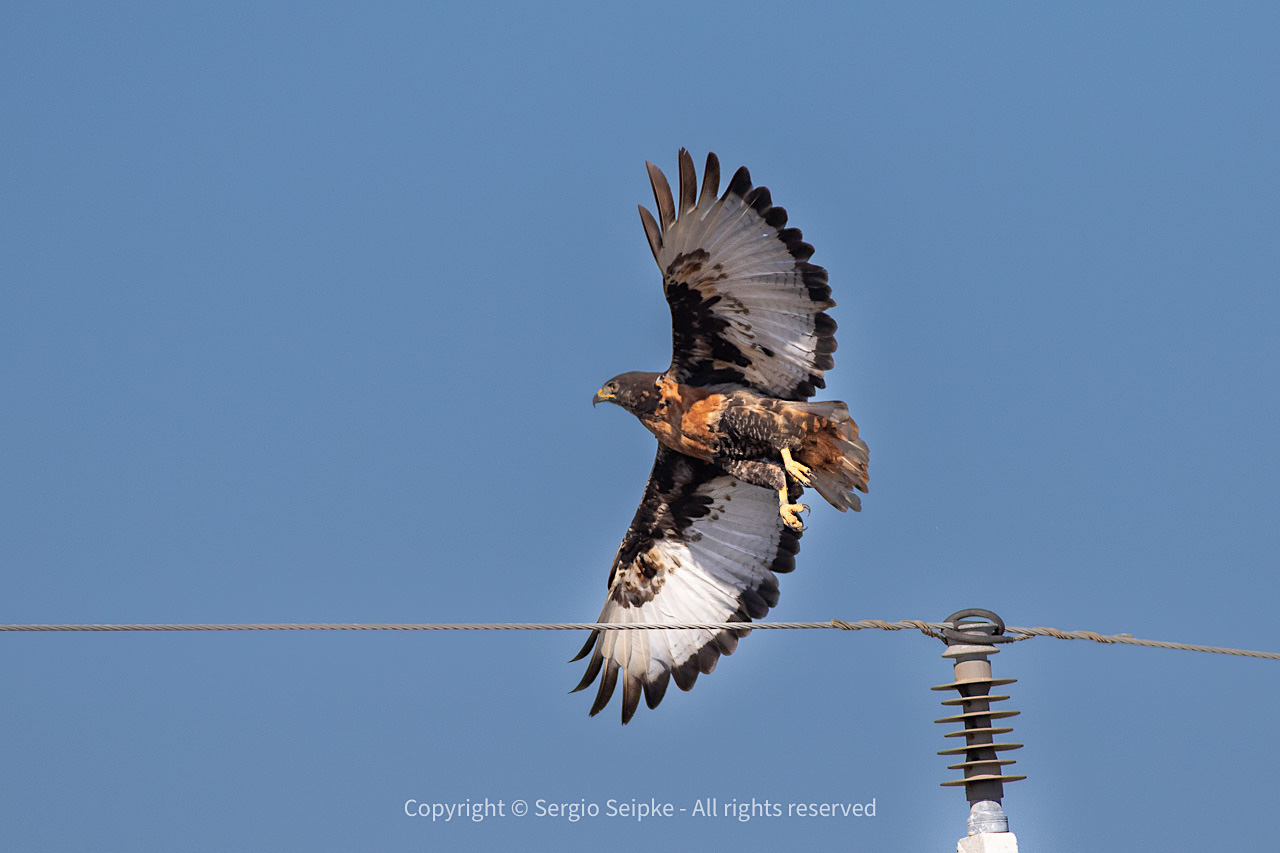
A walk around the area produced excellent views of a family of Rock Kestrels with two juveniles incessantly begging for food from their parents. Other interesting sightings included a fly-past from a flock of 7 Blue Cranes, South Africa’s national bird. We turned back to Cape Town by mid-morning due to the wind and heat and enjoyed lunch at an excellent seafood restaurant not too far from the guesthouse. Arrangements were made to meet with local researcher Dr. Andrew Jenkins who agreed to show us some of his known sites for Peregrine Falcon in the afternoon. The first two sites were within an urban setting of two pairs nesting in next boxes attached to the side of buildings about 2 Km apart. The recently fledged juveniles were quite vocal and one of the adults entertained us with a fly-past and good photo-opportunity.
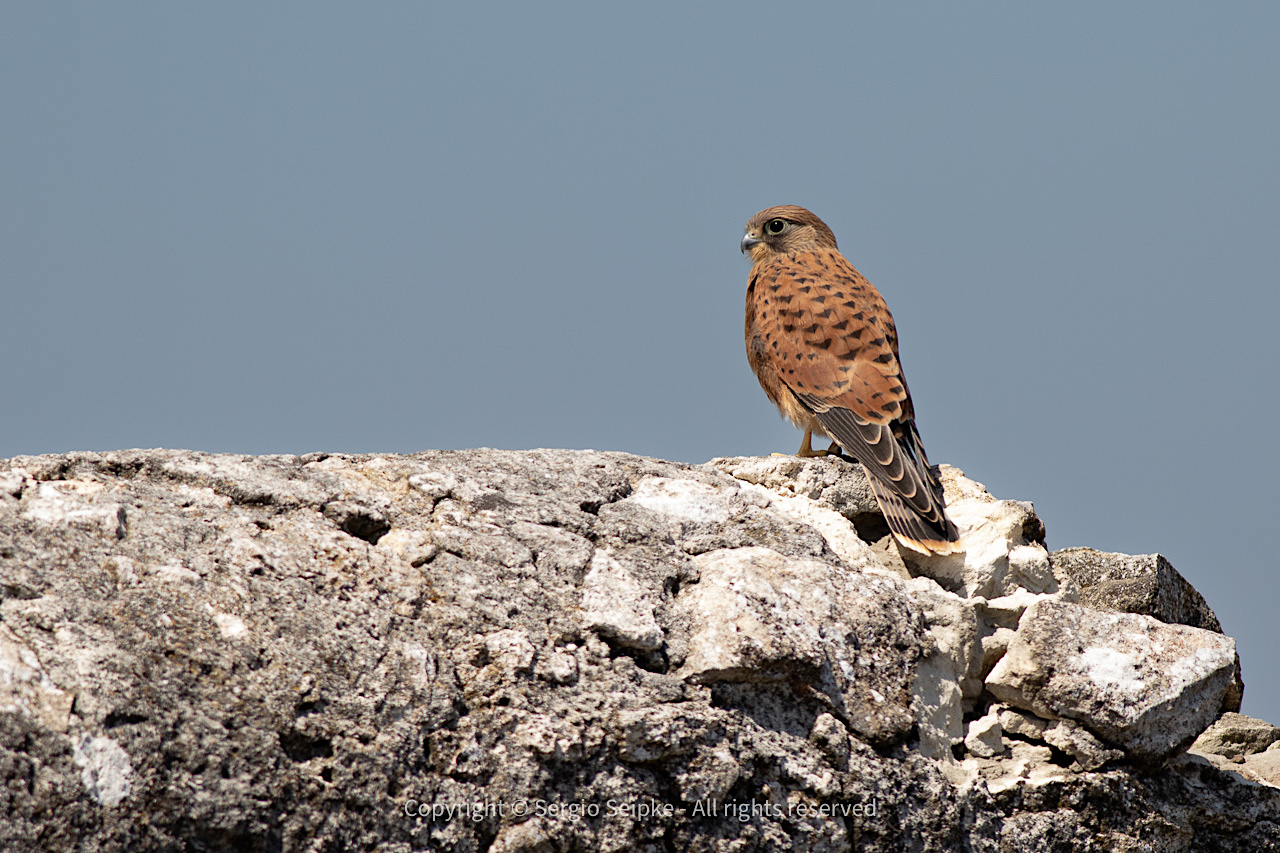
From there we travelled to a large quarry on the edge of the city where we had views of a nest with an adult female perched near to it. The wind was howling on the lip of the quarry, but the group braved to blustery conditions to obtain good views of the bird which eventually took off and glided away over the side of a hill. Supper was followed by another early night, but not before arrangements for our departure to the Kgalagadi were discussed for the next morning. Raptor species observed: 8. Raptor sightings recorded: 62.
Day 11 – Wednesday, January 17
Our flight departed before 7am and it is safe to say that the landing at Upington in a howling gale was “interesting”. We again collected new minivans, replenished water and other supplies and then departed on the 270 Km drive north to Twee Rivieren in the Kgalagadi Transfrontier Conservation Area (KTFCA) in a strong cross-wind which resulted in very few raptor sightings apart from a couple of Pale Chanting Goshawks and a Jackal Buzzard, all of whom were clinging to their perches in the strong wind. A pair of African White-backed Vultures on a Camelthorn-tree near Askham was also a welcome sight. We finally arrived at Twee Rivieren at about 14:00 and checked into our accommodation. Our first drive into the park in the late afternoon promised far better views of raptors and other game as the wind had died down somewhat.
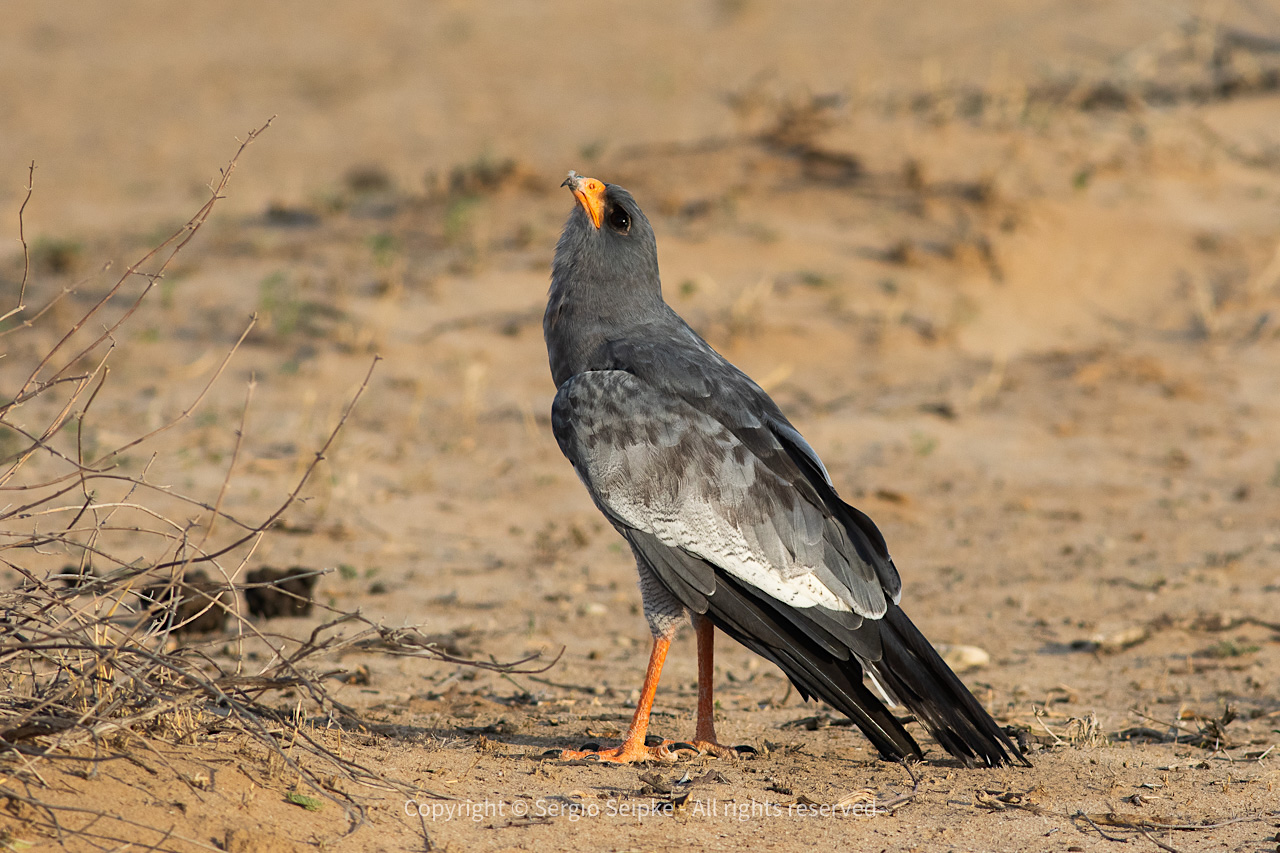
We had good views of mammals such as Gemsbok, Springbok and Red Hartebeest, but raptors were still rather sparse with views of juvenile Gabar Goshawk and a pair of Tawny Eagles at one of the waterholes being highlights. We enjoyed a tasty dinner in the camps restaurant that evening and agreed to head out at first light the next day. Raptor species observed: 5. Raptor sightings recorded: 17.
Day12 – Thursday, January 18
Probably one of our best days of raptor-viewing started with a drive along the dry Nossob-riverbed in the same direction we travelled the day before. We encountered a range of species which included Verreaux’s Eagle Owl, Lanner Falcon and Pale Chanting Goshawks of various ages. Our stop at the waterhole again produced the juvenile Gabar Goshawks of the day before and, while we were scanning the area for other birds and animals, Bud pointed out a small raptor perched on a snag about 100 m from our vehicles. Closer scrutiny revealed our first Red-necked Falcon, a first for many in the group. A few kilometres further a large male Lion was encountered lying in the shade of a large tree, and some time later another waterhole produced Montagu’s Harrier and range of other raptors previously seen, including a rather nervous Amur Falcon looking at a soaring pair of Lanner Falcons overhead.
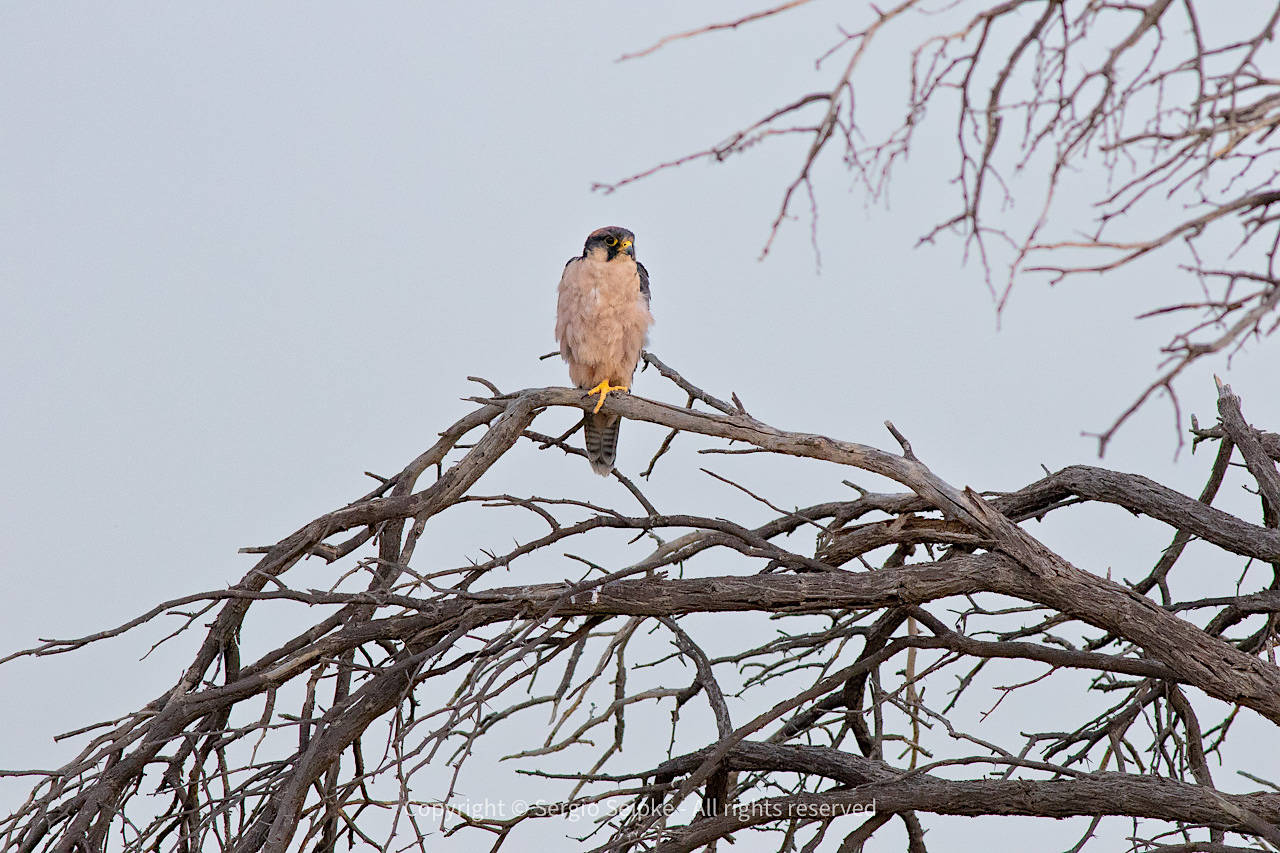
Our return to camp included a drive through the dunes before we headed back via the Auob-river to Twee Rivieren. Despite temperatures soaring into the 40’s (Celsius) in the afternoon, some group members were still keen to head out to see what we could find. Sightings included our first Greater Kestrel of the trip as well as a juvenile Verreaux’s Eagle perched on the ground in the shade of a tree. We were also entertained by the antics of three Lion cubs, their mother and two territorial males at one of the waterholes. We ended the afternoon at the waterhole near camp where we spent some time with a single Red-necked Falcon who enjoyed a drink and a splash in the luke-warm water. Raptor species observed: 17. Raptor sightings recorded: 60.
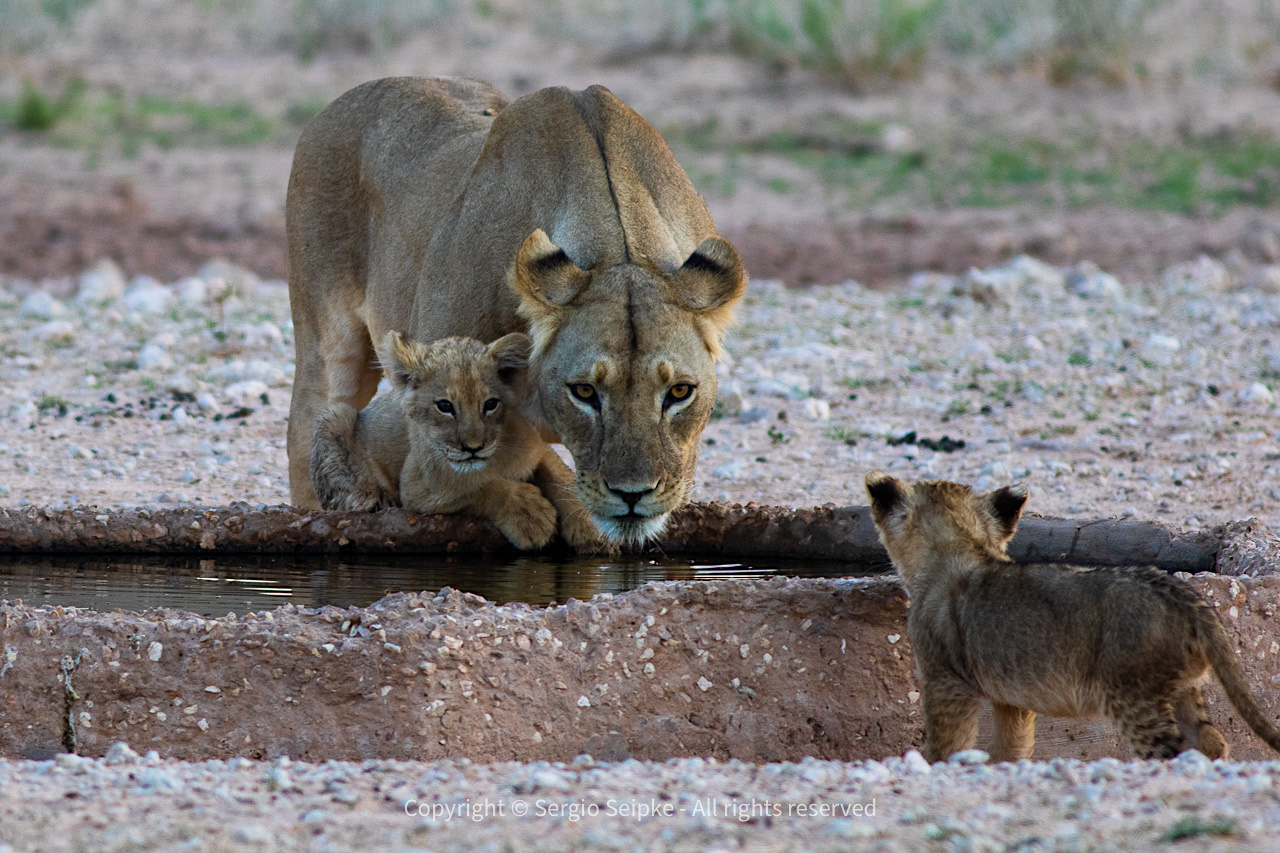
Day 13 – Friday, January 19
We decided to head west from camp this morning and drive along the Auob-river to see what we could find. Our first sighting of Cheetah happened in the dunes before we even reached the riverbed, but the animals were rather skittish and quickly disappeared in the tall grass. We proceeded and again encountered the pride of Lions at the same waterhole as the previous afternoon. One of the males provided brief excitement when it charged after a Black-backed Jackal in the direction of our vehicles. We eventually drove on and finally located a pair of African Pygmy Falcon perched on top of a small tree in the riverbed. This was followed by sightings of Greater Kestrel, a pair of Lanner Falcons soaring in the breeze and catching and eating dragonflies on the wing as well as two sightings of Martial Eagle.
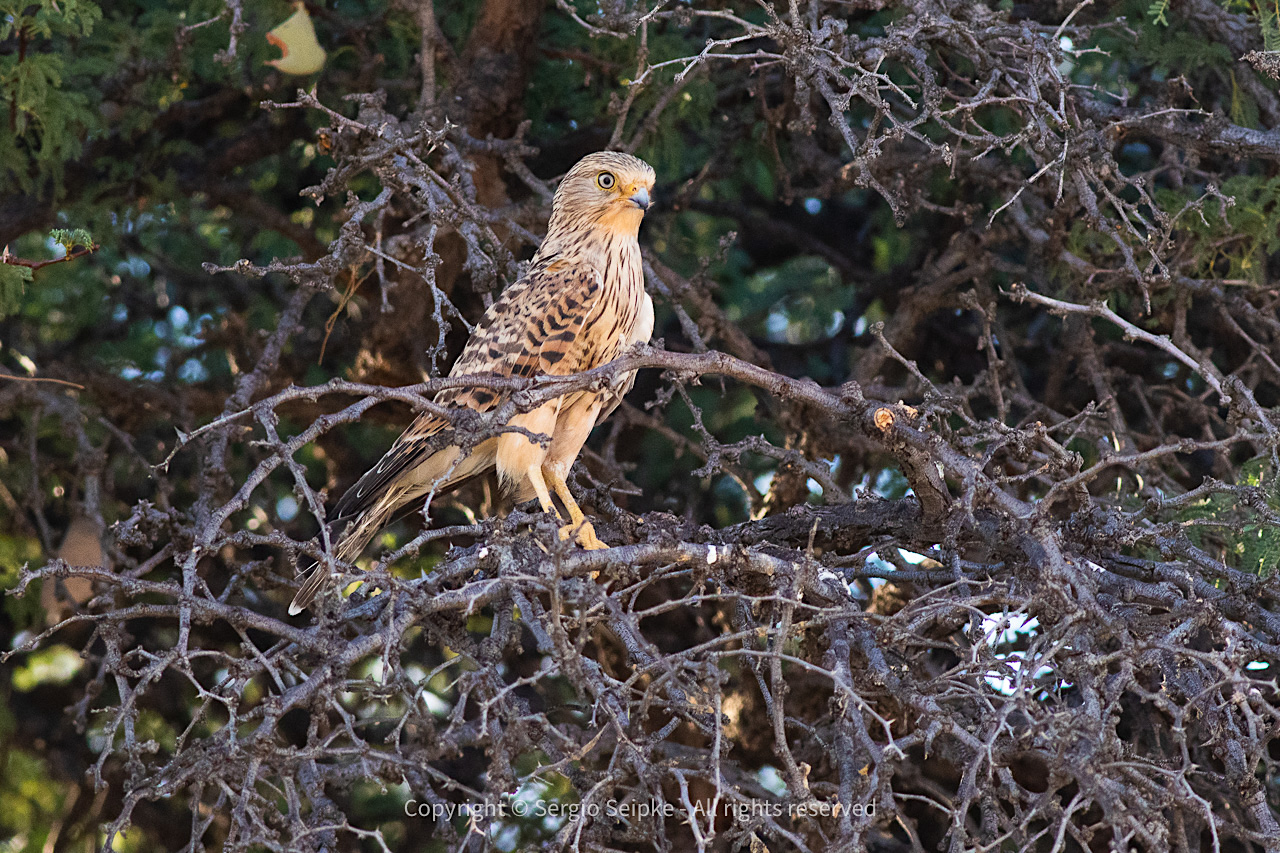
A circling Tawny Eagle attracted our attention a little further on and, when it landed on the ground at a wildebeest-carcass and started feeding, it didn’t take long to find a lone male Cheetah resting in the shade after eating its fill. Everyone enjoyed far better views of this Cheetah compared to the brief glimpses earlier. We returned to camp late-morning. A late afternoon drive along the Nossob-river produced a lone Lioness and an unforgettable sight of a pair of Red-necked Falcons drinking and bathing at the Samevloeiing-waterhole in an unexpected rain-shower. There was a lot of talk about our sightings in the Kgalagadi over the previous two days at supper that evening, but most agreed that the falcons at the waterhole will be a lasting memory. Raptor species observed: 15. Raptor sightings recorded: 39.
Day 14 – Saturday, January 20
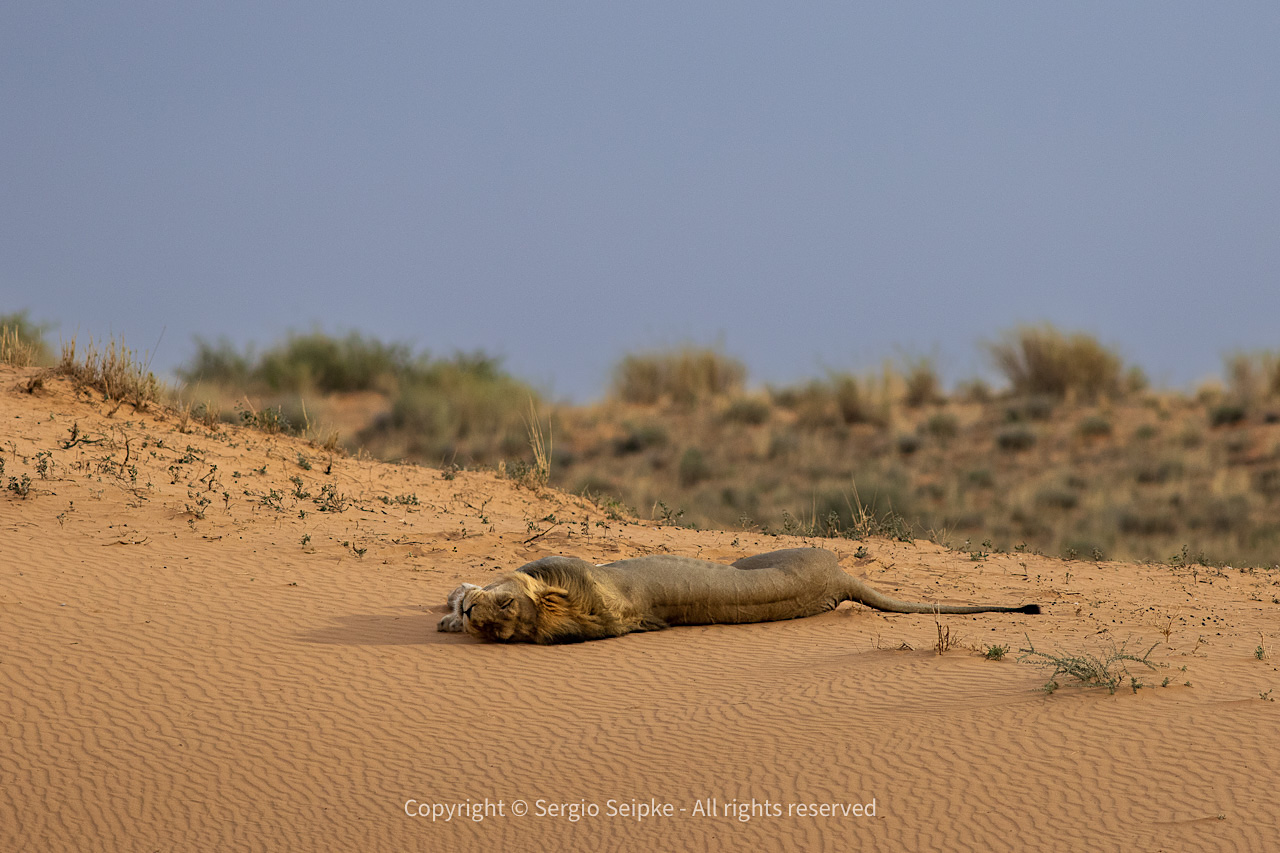
Our last morning in the Kgalagadi and everyone agreed to head out for one final drive along the Nossob before we headed back to Upinton for our flight to Johannesburg. We headed out and quickly added good views of Spotted Eagle Owl, several more Pale Chanting Goshawk, Lanner Falcon, Tawny Eagle, yet another Red-necked Falcon as well as a Booted Eagle. At Kij-Kij waterhole we came upon another Lioness, this one with a tracking collar. Our attention was drawn by a group of four Springbok who were running away from the lioness and, when they realized that she was safely out of reach, started with their typical “pronking” trot showing off to each other. This was however sharply interrupted when their trot was intercepted by three Cheetah, an adult female and two sub-adult cubs. The female took off in pursuit of one of the Springbok while the two cubs looked rather lost for purpose until they eventually trotted over the dunes after their mother. Quite an exciting encounter. We sadly had to turn back to Twee Rivieren for our departure, but the Kgalagadi had one final surprise in store for us when we arrived at the last waterhole before camp and encountered another three Cheetah drinking and lazing about until we had to leave.
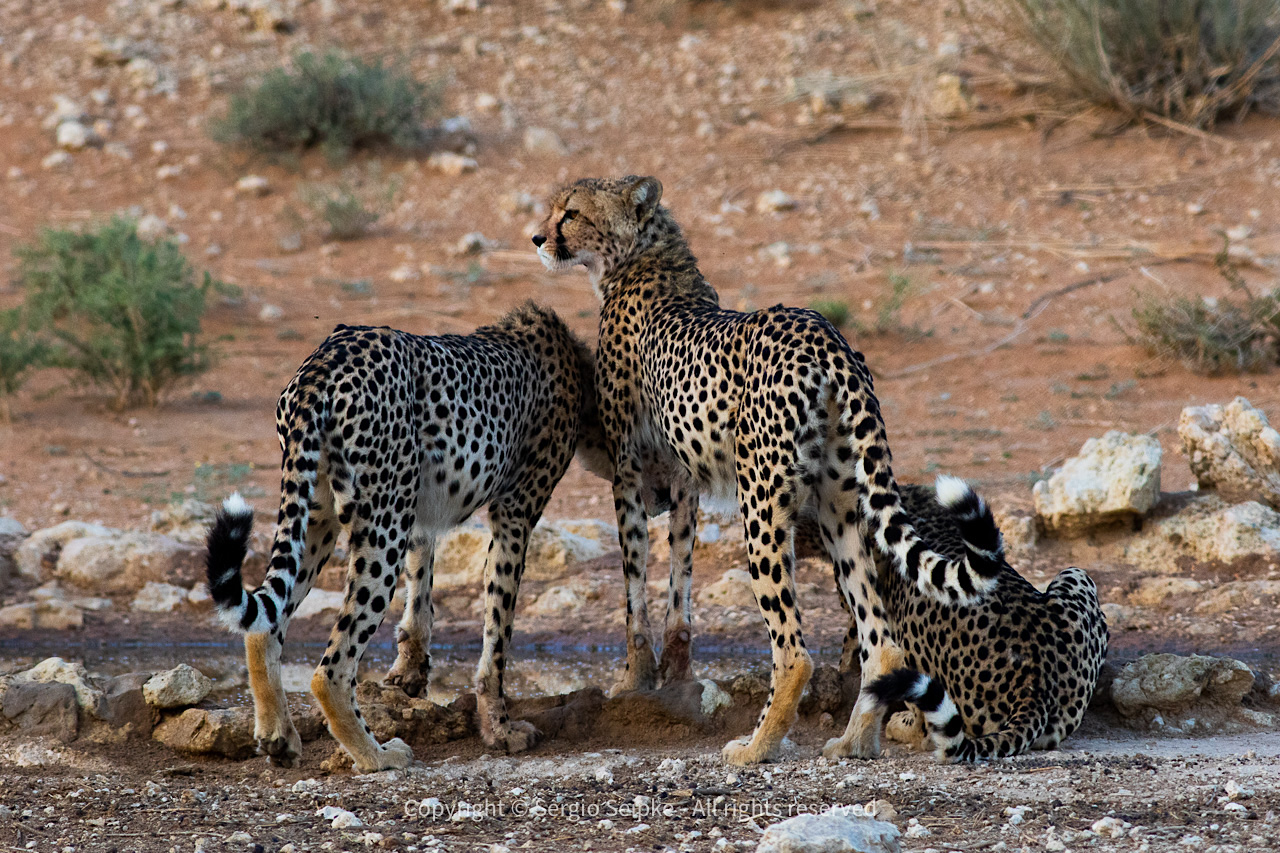
The three-hour trip back to Upington was characterized by numerous sightings of Pale Chanting Goshawk and a couple of sightings of African White-backed Vultures, quite different from the trip here a few days earlier. We reached the airport in good time and boarded our flight back to Johannesburg form where some members of the group departed home while others stayed on for the extended trip focused on the trapping and banding of raptors. Raptor species observed: 11. Raptor sightings recorded: 31.
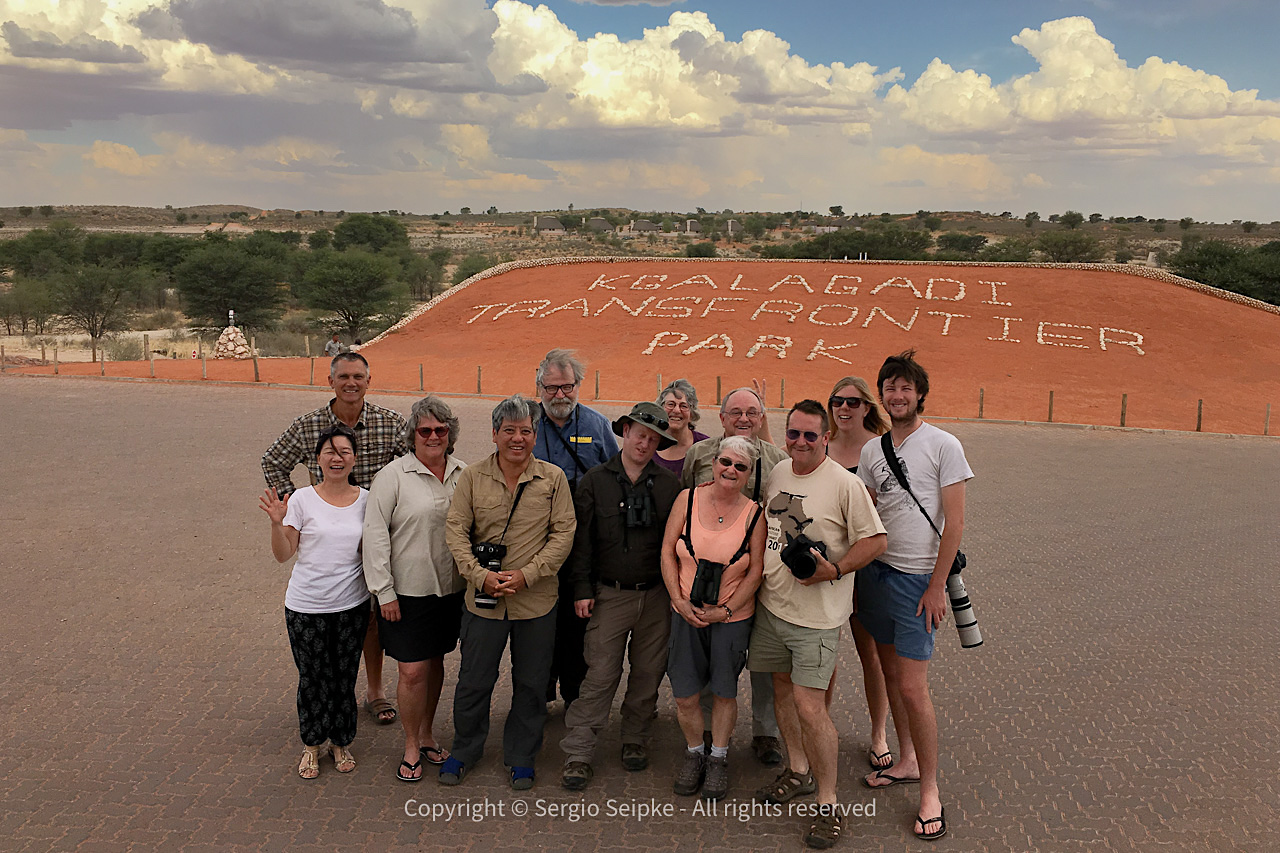
Tour Total Raptor Counts
Total Species Observed on Tour: 46.
Total Sightings Recorded on Tour: 600.
Tour Gallery
Tour participants are welcome to download and use these images at leisure. If you have not participated in the tour and wish to use these images please contact us using the contact us form. Thank you!

